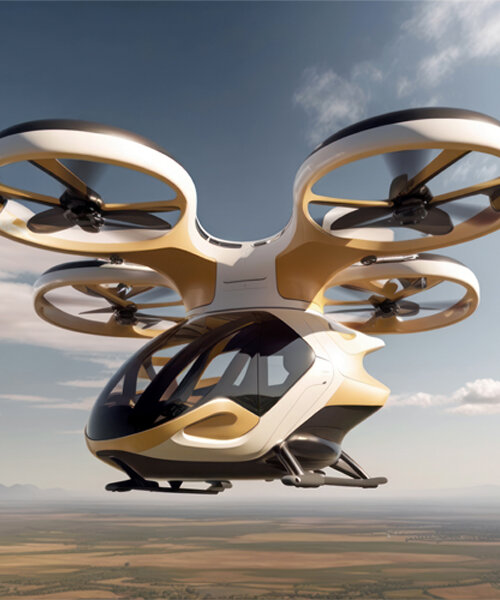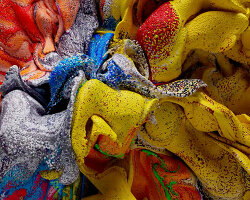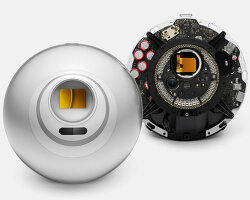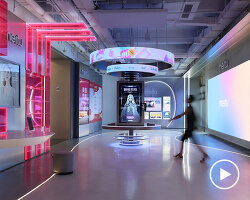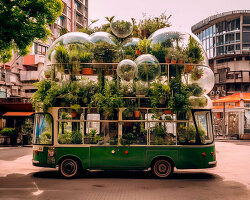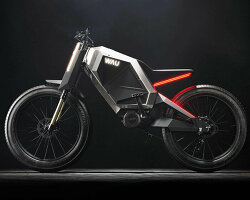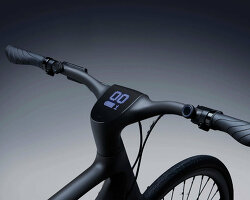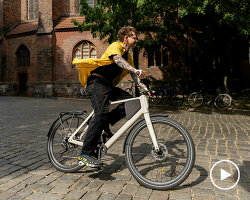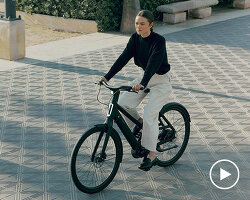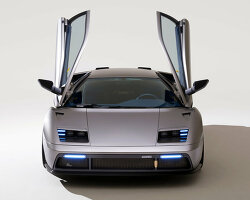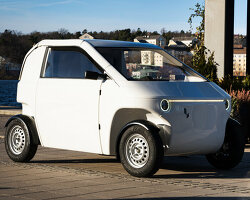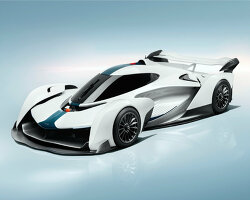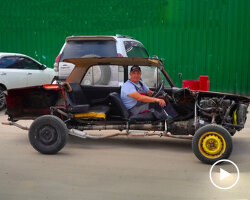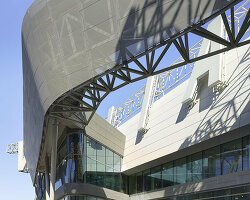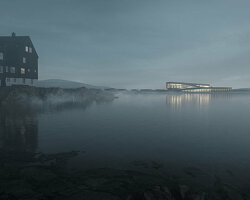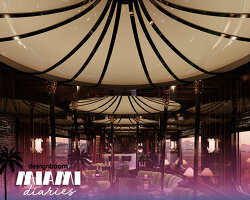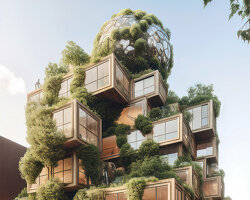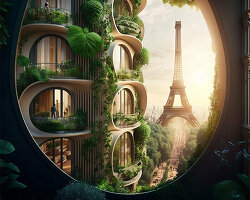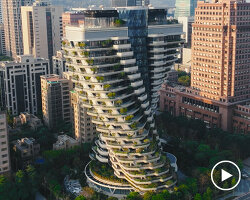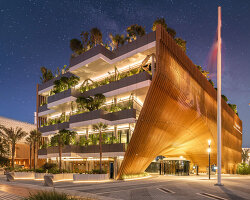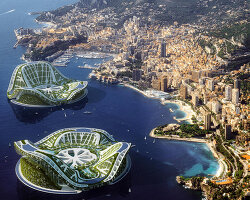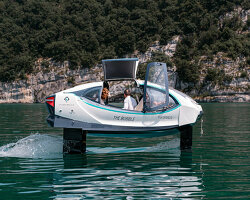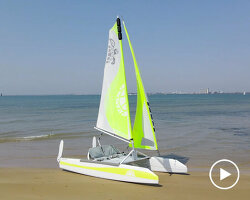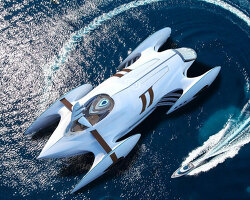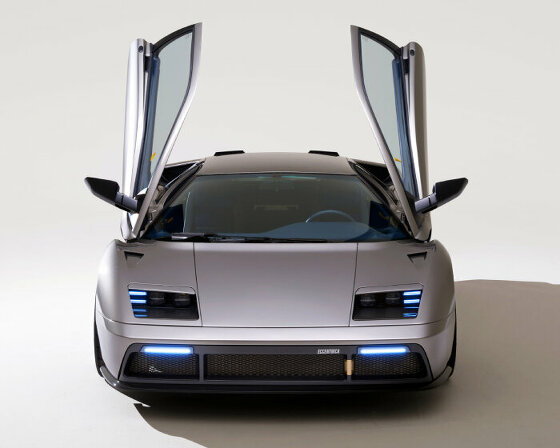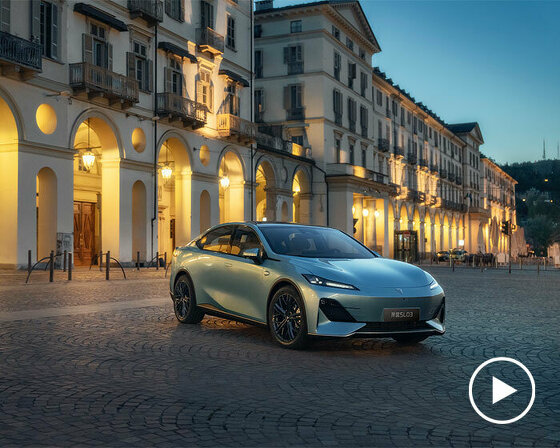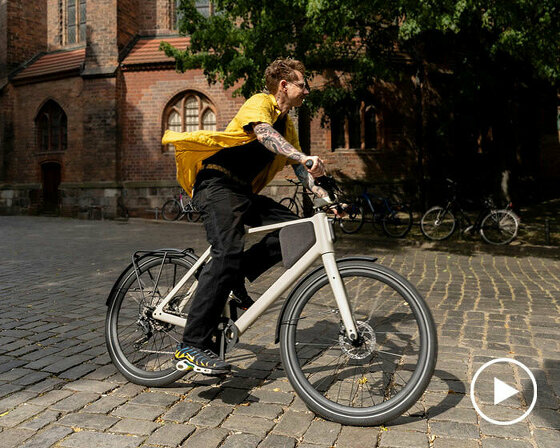‘timber mobilities’ by vincent callebaut ARCHITECTURES
Eco-architect Vincent Callebaut presents ‘Timber Mobilities’, his latest speculative depiction of a ‘green’ future. This R&D project mixes traditional 3D modeling, AI explorations, and post-processing art drawing to spotlight new ways of optimizing transportation. The resulting visuals reveal a highly aesthetic yet ecological series of timber-based cars, bikes, shuttles, hydrofoils, and eVTOLs.
‘The mobility of the future will be more diverse and shared, smarter, cleaner and greener,’ writes Callebaut. ‘Cities must again be there for people, not cars, protecting the environment. 52% of mobility in the world’s major cities is still done by car. To develop a multimodal public transport offer where shared use replaces ownership, our team of architects imagined five prototypes of soft and collective vehicles campaigning for peaceful and ecological mobility on land, in the air, and on the water.’
While inherently distinct in function and form, these five prototypes are bound by an ergonomic architecture coupled with a biomimetic design dedicated to renewable energies (solar, biohydrogen, green micro-algae) and mixing biobased materials (cross-laminated timber and engineered bamboo) with recycled elements (recycled aluminum and fiberglass).
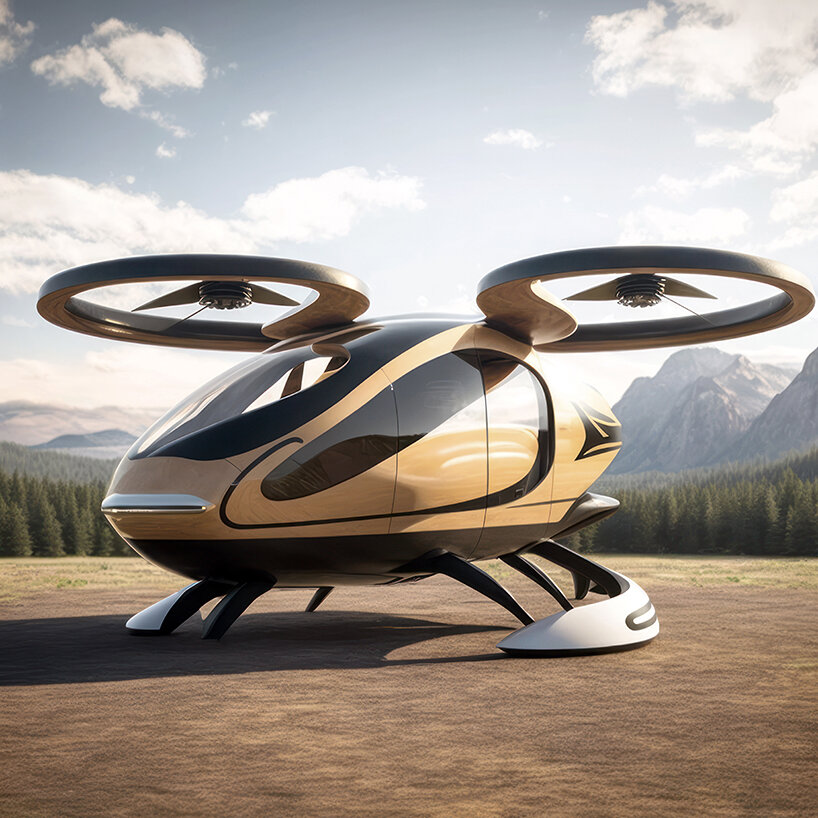
all images © Vincent Callebaut Architectures
on public transport: timber evtol & timber eshuttle
We kick off the ‘Timber Mobilities’ series with Callebaut’s most ambitious prototype, the Timber eVTOL, which reimagines the vertical take-off and landing (VTOL) aircraft fueled by electric or hydrogen power. Most air transport projects of this type are limited to a small number of individuals and typically materialize as private vehicles or flying taxis. The ultimate goal is to override those limitations and design aircrafts that support many passengers on urban lines — up to 10 and 20 people at fixed times.
Beyond expanding capacity, these upgraded eVTOLS would reduce travel time in a city or between cities, all while alleviating pressure on ‘terrestrial’ public transport and therefore cutting down traffic. With that said, to ensure energy autonomy and provide the aircraft with low-carbon modes of propulsion, Callebaut and his team propose using hydrogen and electricity as fuel and storing the eVTOLs in terminals.
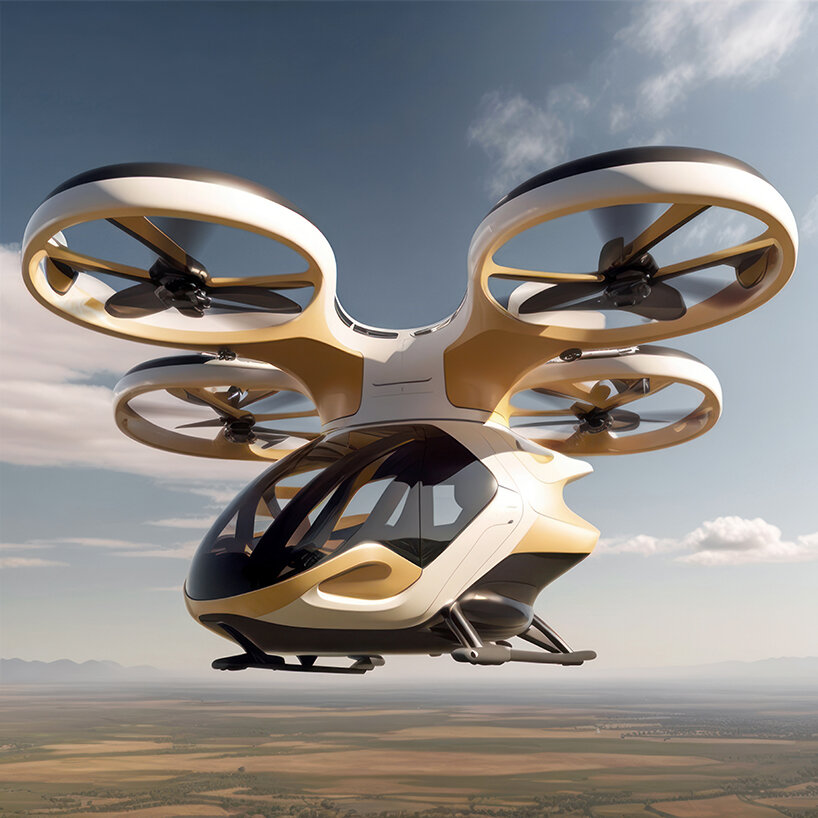
Timber eVTOL
‘To be truly greener than a land vehicle and have a climate benefit, the flying bus must cover a relatively long distance and carry enough passengers. Another solution could also be to use them for freight and urban logistics. We are therefore mainly interested in the potential of large-scale flying buses with regional goals. For this, the technological challenges for flight, energy production, the creation of ground infrastructures, the organization of airspace, and the handling of passengers are in full research and development studies,’ writes the architect.
Continuing his exploration of ‘green’ public transport, the architect visualizes the Timber eSHUTTLE as autonomous vehicles capable of interlocking. Loaded with sensors and computerized features, these connected shuttles unfold as a true hybridization between the individual car and public transport. More specifically, the eSHUTTLEs are highly ergonomic, open to the outside, and well equipped to accommodate a dozen travelers while adhering to health safety in a post-Covid era.
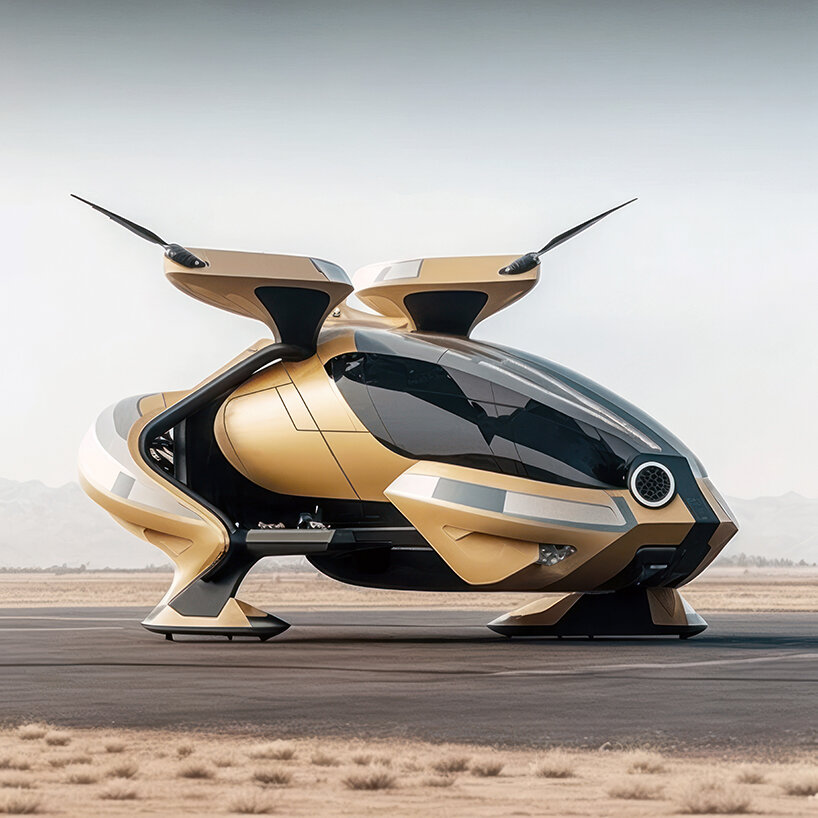
‘We imagine building hybrid shuttles from bio-based materials such as CLT, integrating renewable energies in the solar cowlings, as well as batteries capable of being recharged on dedicated, dynamic induction routes. Dynamic induction charging hints at a future where the road could supply electricity to the vehicles that travel along it. The driver would then have an electric car capable of recharging while driving, reducing the need for high-capacity batteries, and charging stations,’ explains Callebaut.
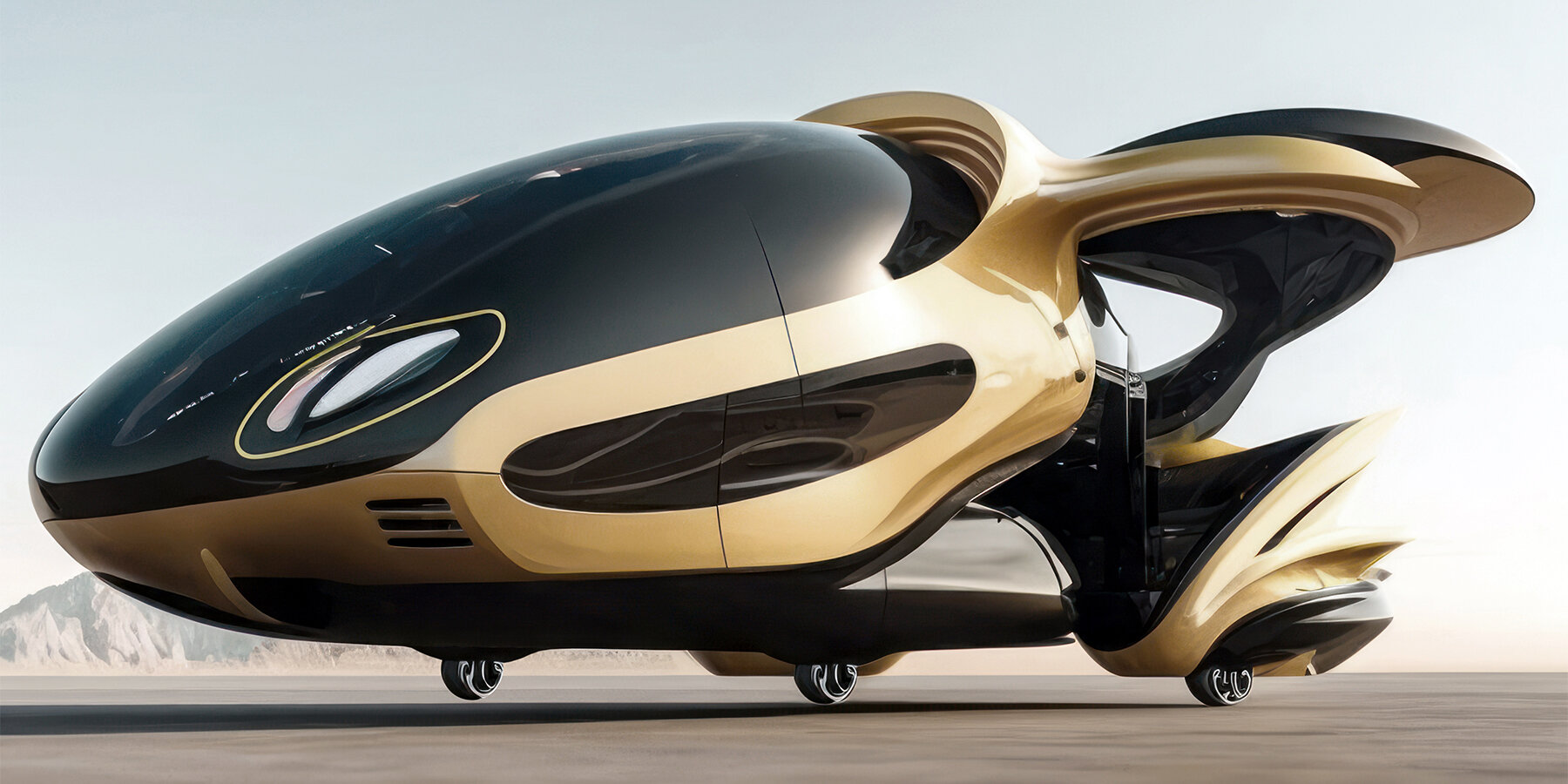
on private commuting: timber ecar & timber ebike
Moving to a smaller scale and more private forms of mobility, Callebaut puts an end to heavy steel SUVs, giving way to wooden, agile, and autonomous city cars. Equipped with electric and solar power and mainly made of engineered wood (CLT or engineered bamboo), the automated Timber eCAR prototypes and their sustainable life cycle could become the greenest concept cars to be adopted by the entire automobile industry.
In line with his concept cars, the architect reveals the Timber eBIKE, boasting an aerodynamic geometry, simplified transmission, integrated cockpits, and axleless, hubless, and spokeless wheels that could revolutionize daily commuting. The proposed bike design is, therefore, lighter, with new hybrid structures: one half would feature cross-laminated wood while the other comprises graphene for conductivity. ‘In town, bicycles free up traffic lanes, limit pollution, and are shared in geolocated self-service. Pedaling remains a way to stay healthy, but also, for governments, to make a real public health policy by reducing cardiovascular diseases and problems related to obesity,’ adds Callebaut.
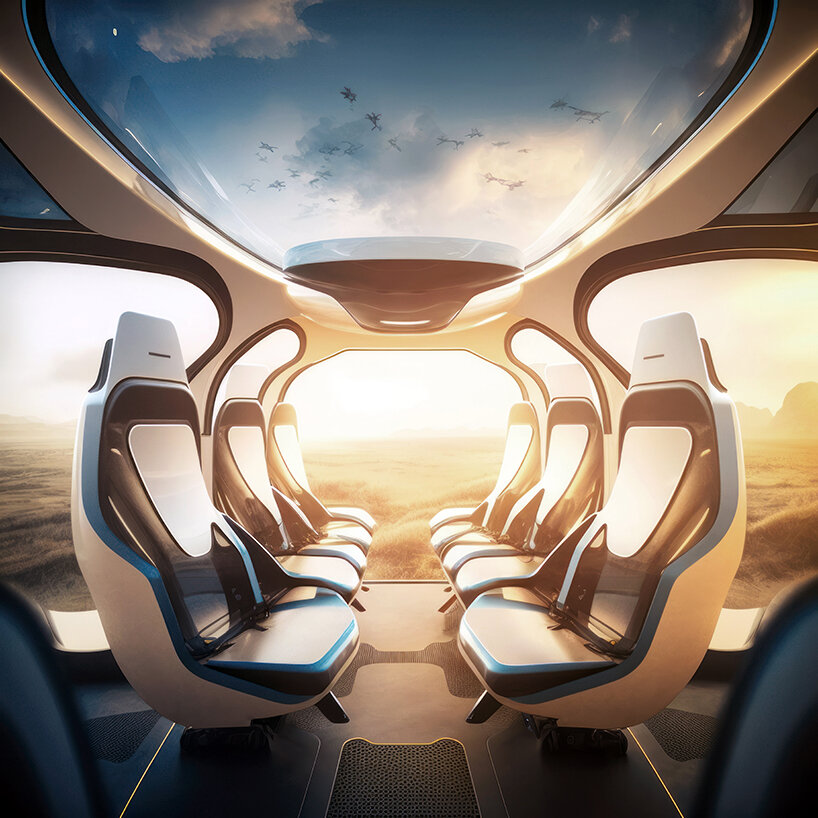
10-12 person capacity
on water travel: timber hydrofoil
Callebaut concludes his ‘Timber Mobilities’ project with the Timber HYDROFOIL. To increase the speed of boats and reduce their fuel consumption, hydrofoils boats help prevent loss of momentum by removing friction and wave drag from the hull, raising it, and keeping it in balance, out of the water, thanks to the lift of a set of profiled and submerged wings called foils.
‘Offshore racing, sport catamarans, or simply intercity passenger boats, foils are making more and more watercraft fly. Will their design decarbonize maritime and river transport and accelerate its ecological transition? The objective is to offer passengers peaceful navigation, without jolts above the waves, and to use the equivalent of 0.1 kWh of electricity per passenger/km to design more ecological ships than an electric bus,’ explains the architect.
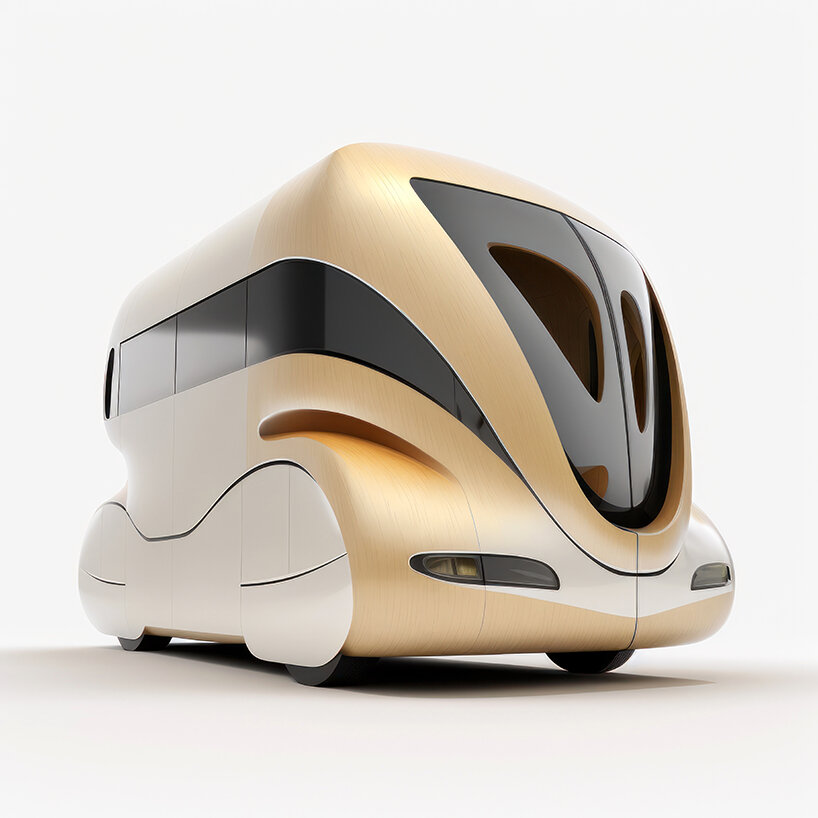
Timber eSHUTTLE
‘To relieve traffic congestion in coastal and river towns while reducing the carbon footprint of travels, the challenge for architects today is to succeed in designing more rational electric flying boats. But also boats that are more virtuous in their life cycle regarding greenhouse gas emissions. Self-sufficient boats and producing the energy they need daily via solar panels, wind turbines, and tidal turbines. Boats that consume less when sailing, thanks to optimized hydrodynamic hulls and foils. Boats designed with biobased and/or recycled materials that are less dependent on fossil fuels and designed from the start so that they can be completely deconstructed and recycled at the end of their life cycle,’ concludes the architect.
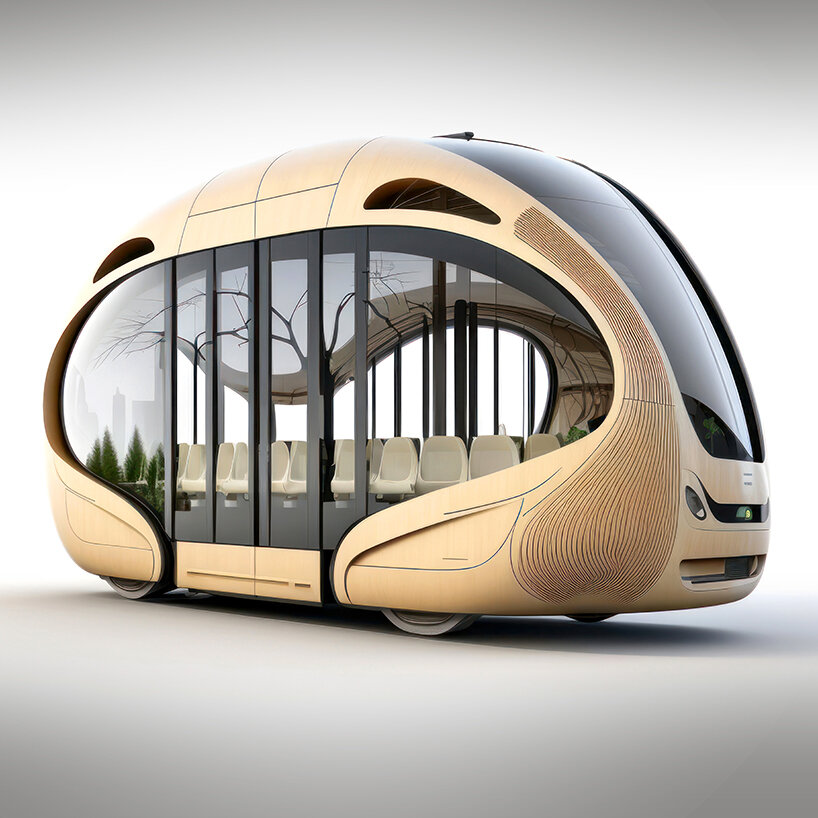
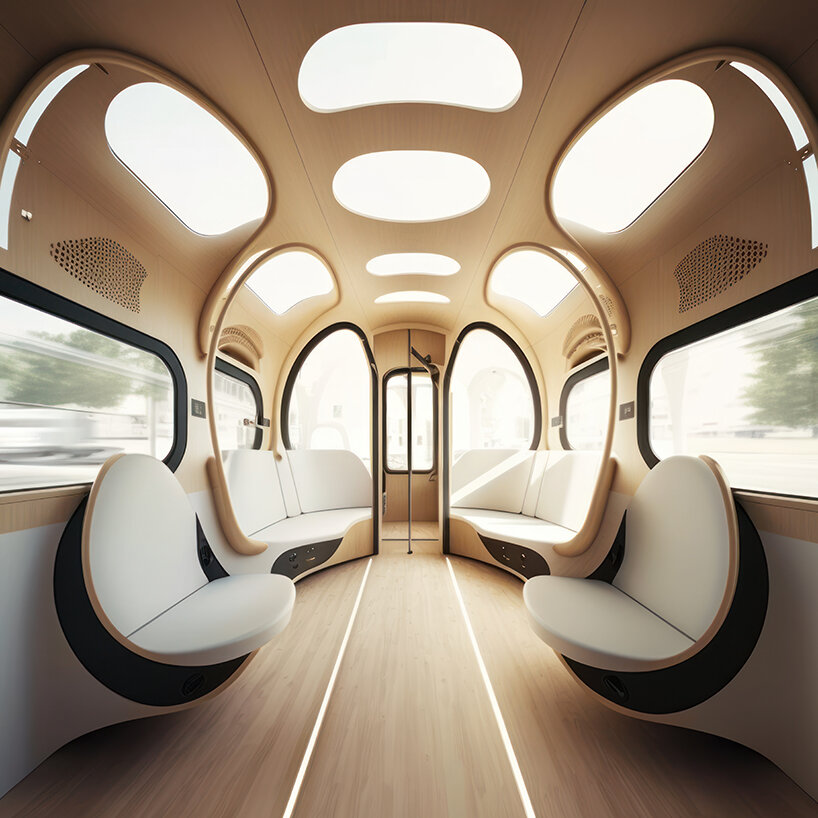
ergonomic and open-space interiors
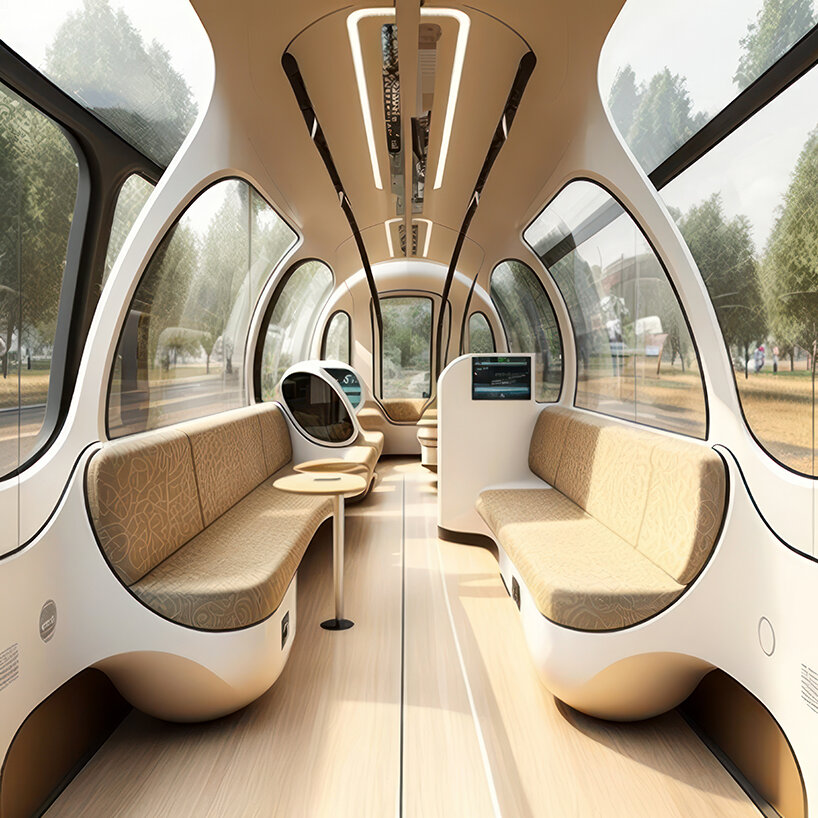
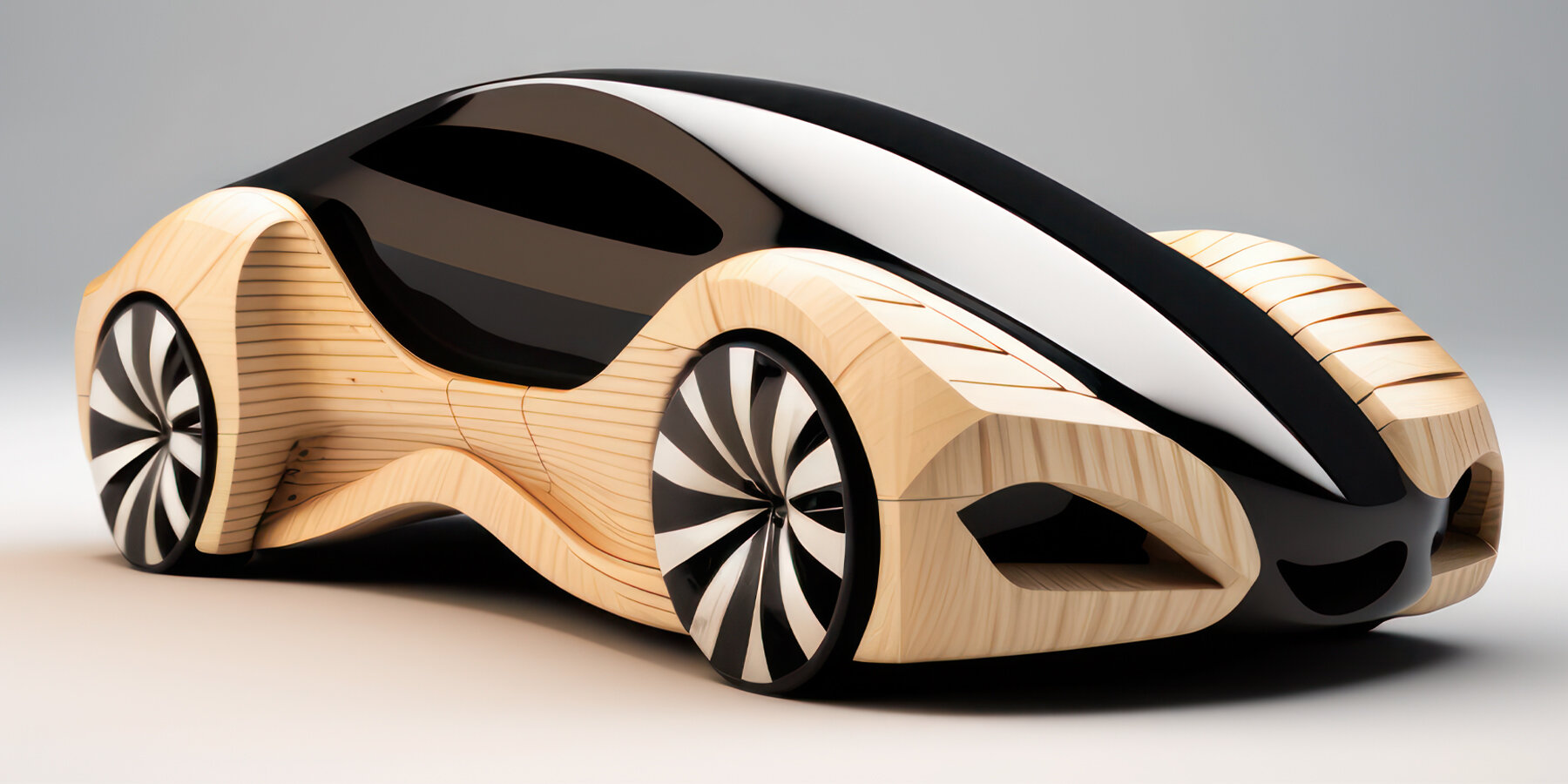
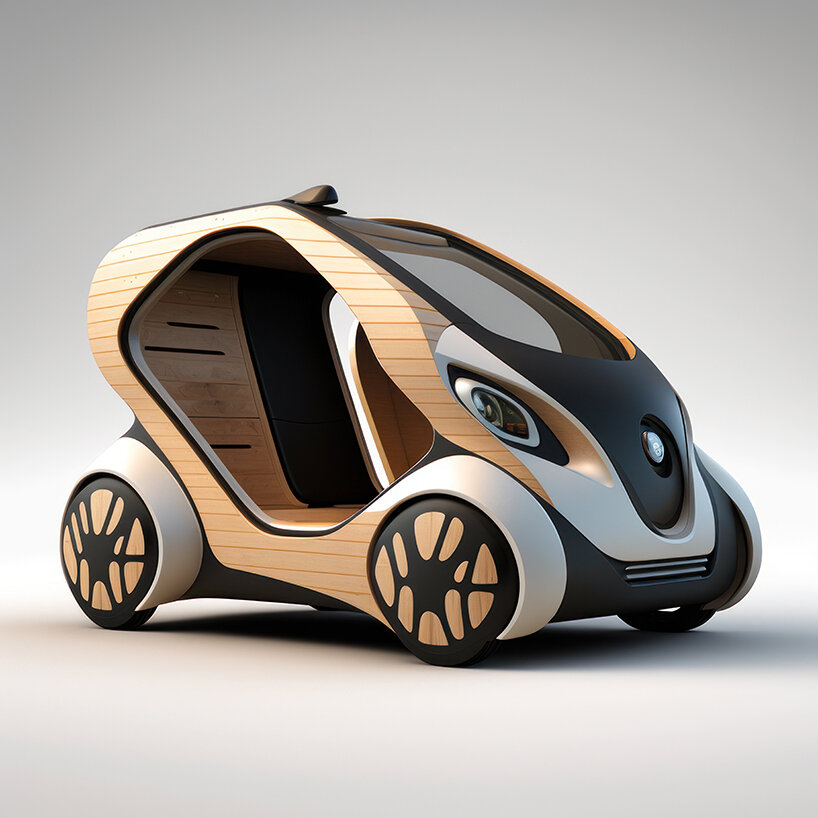
Timber eCAR
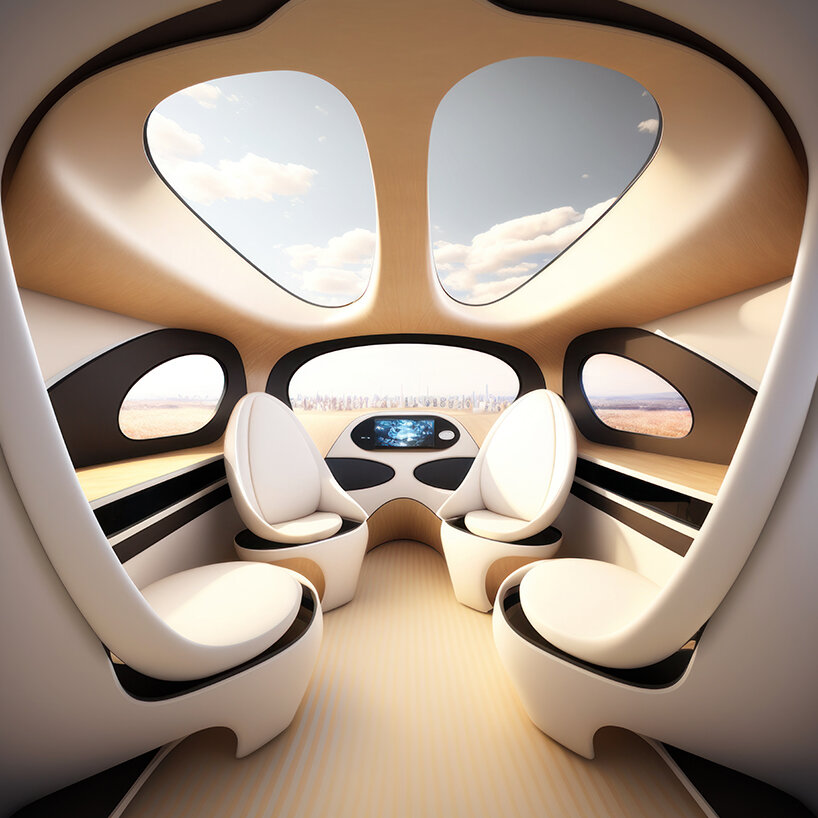
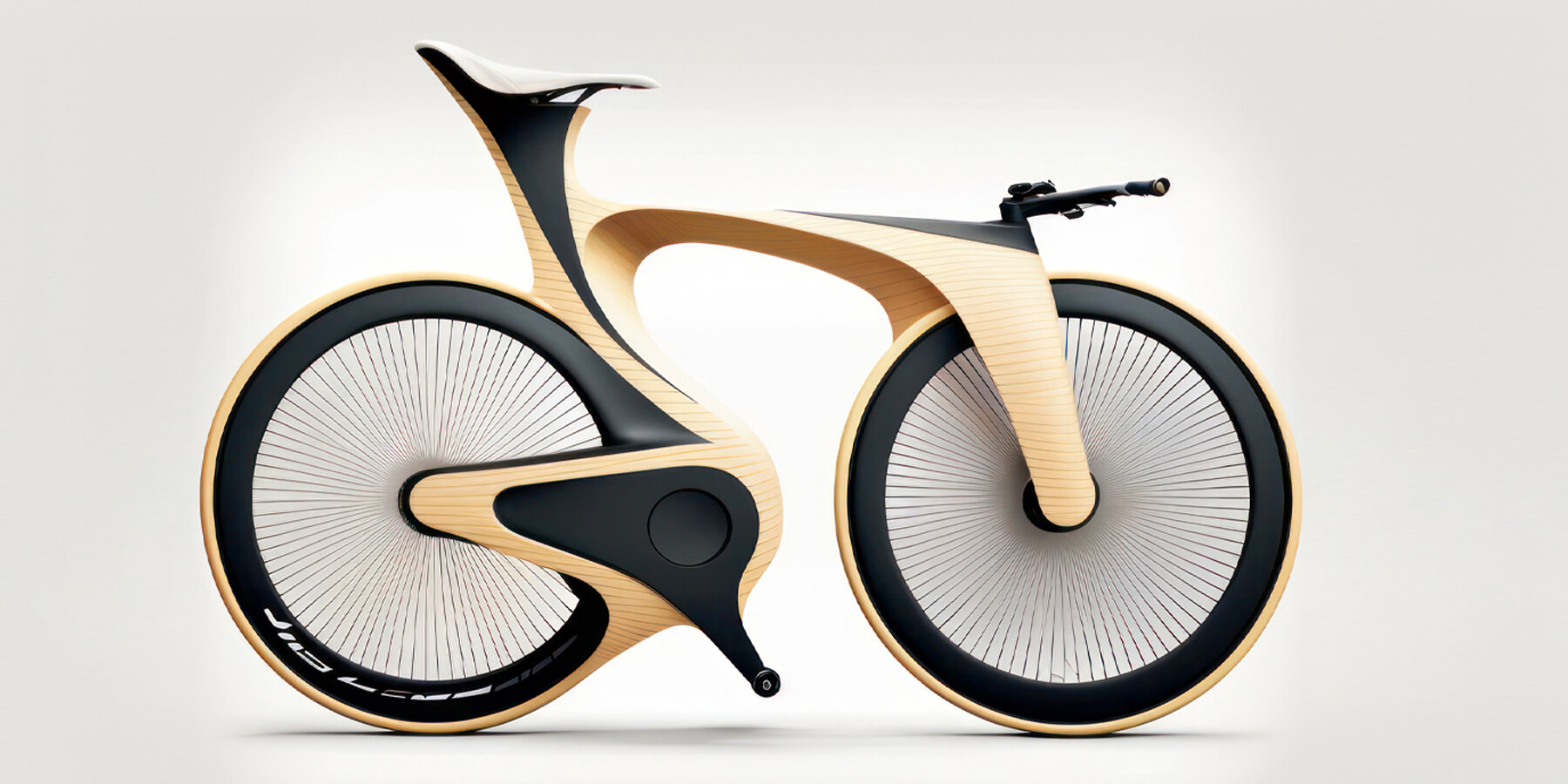
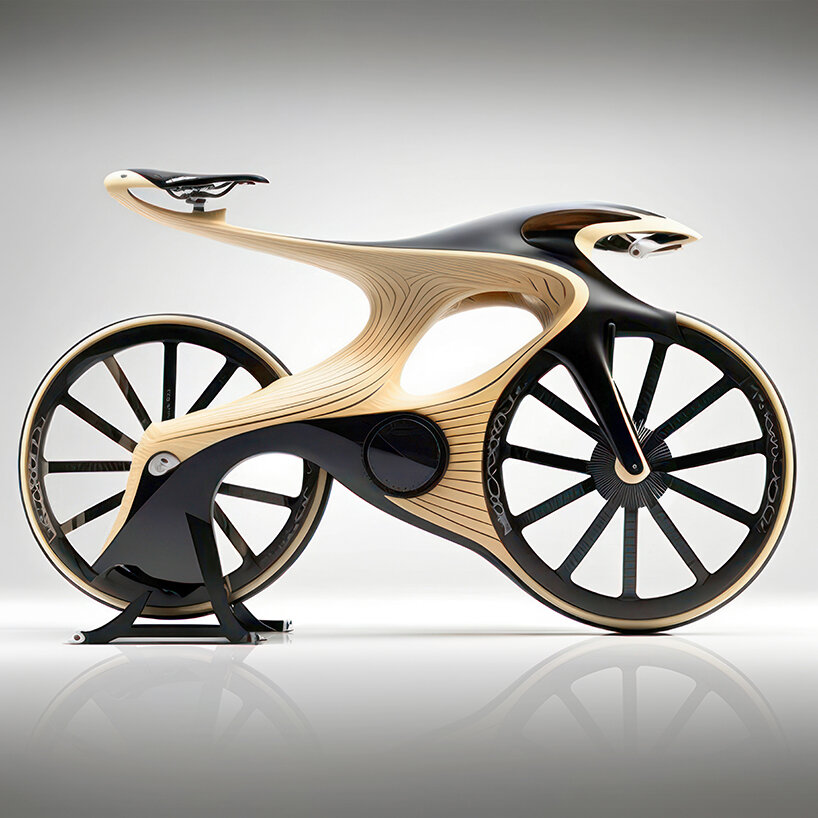
Timber eBIKE
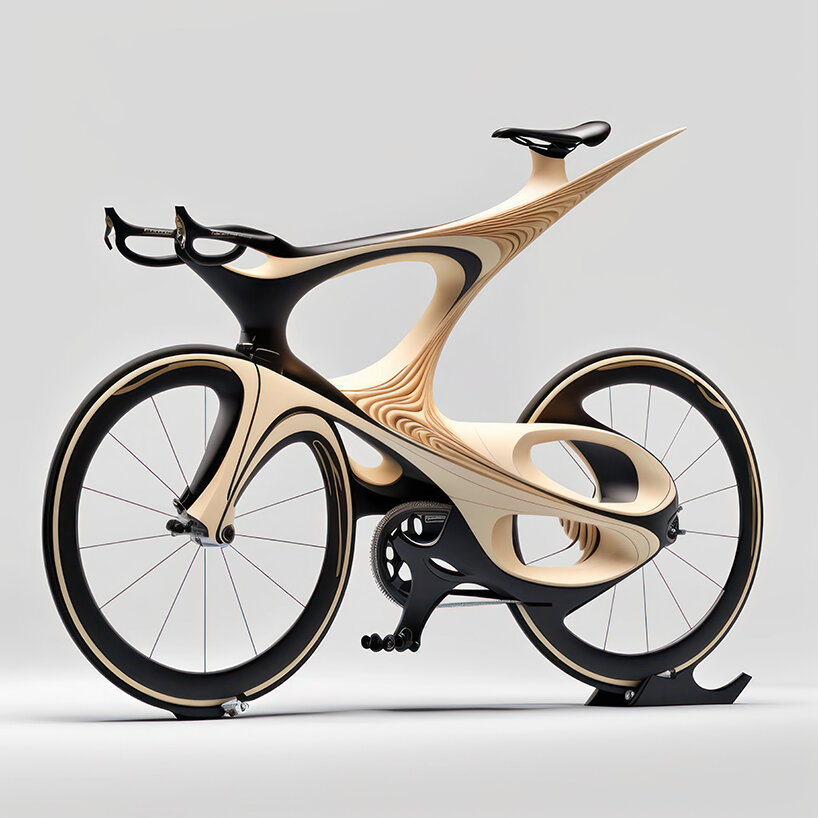
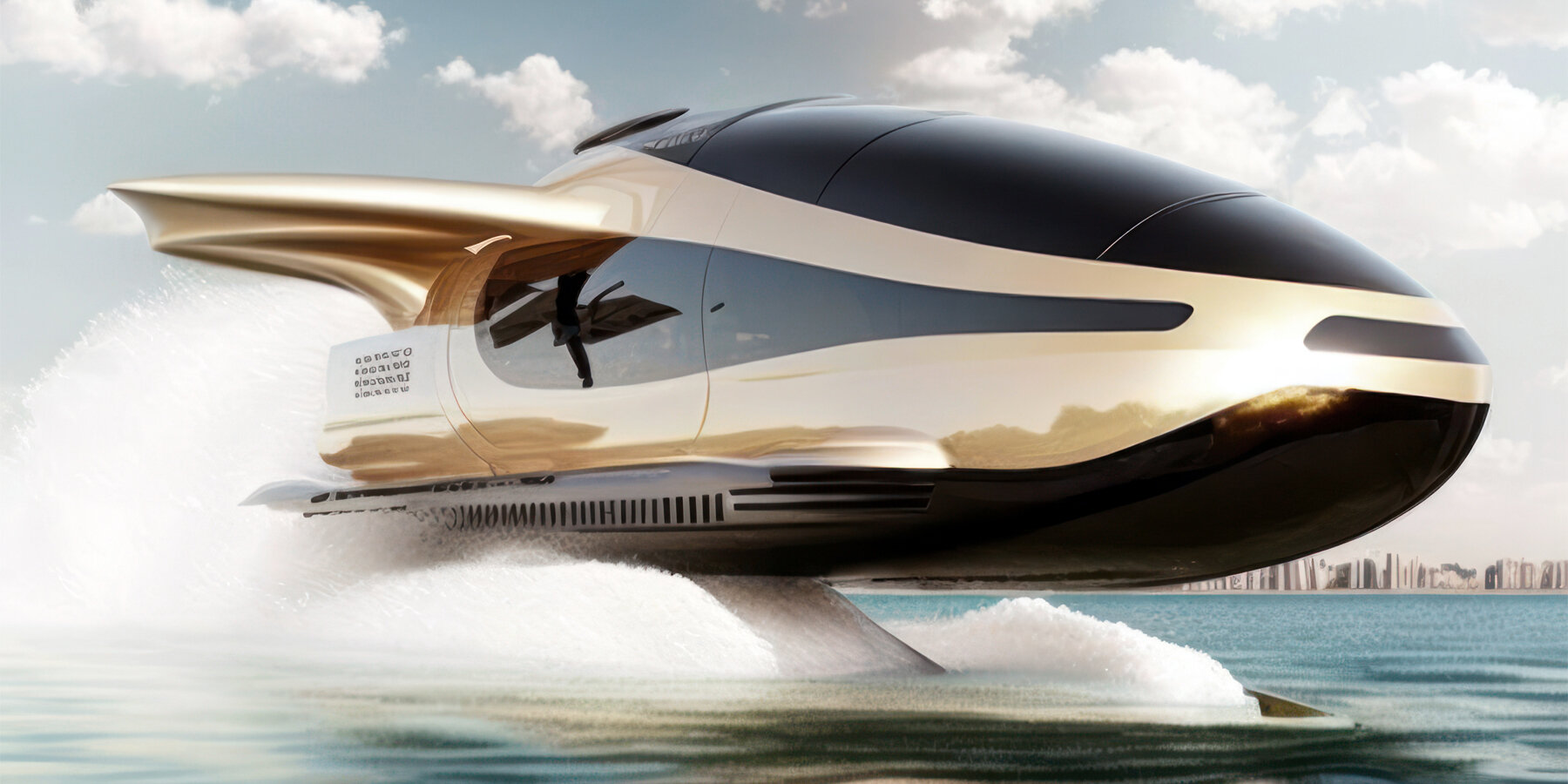
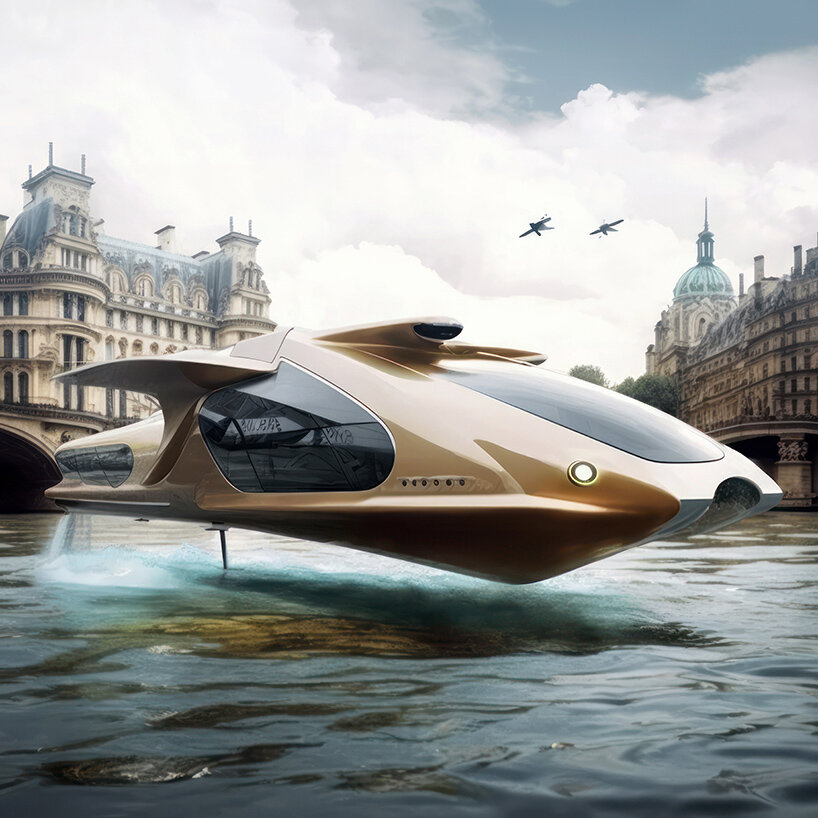
Timber HYDROFOIL
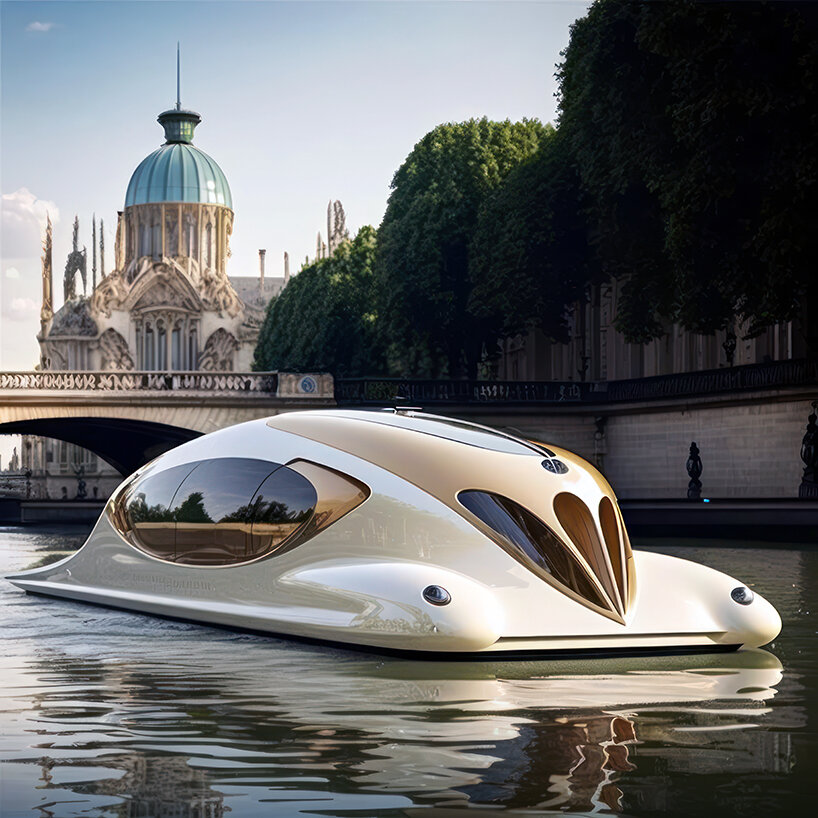
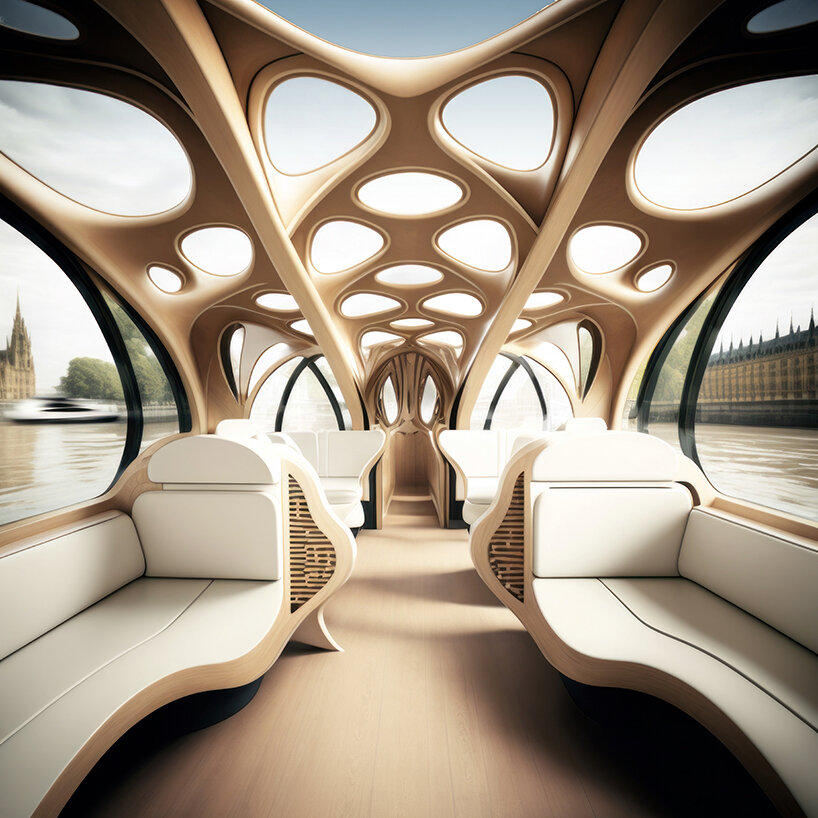
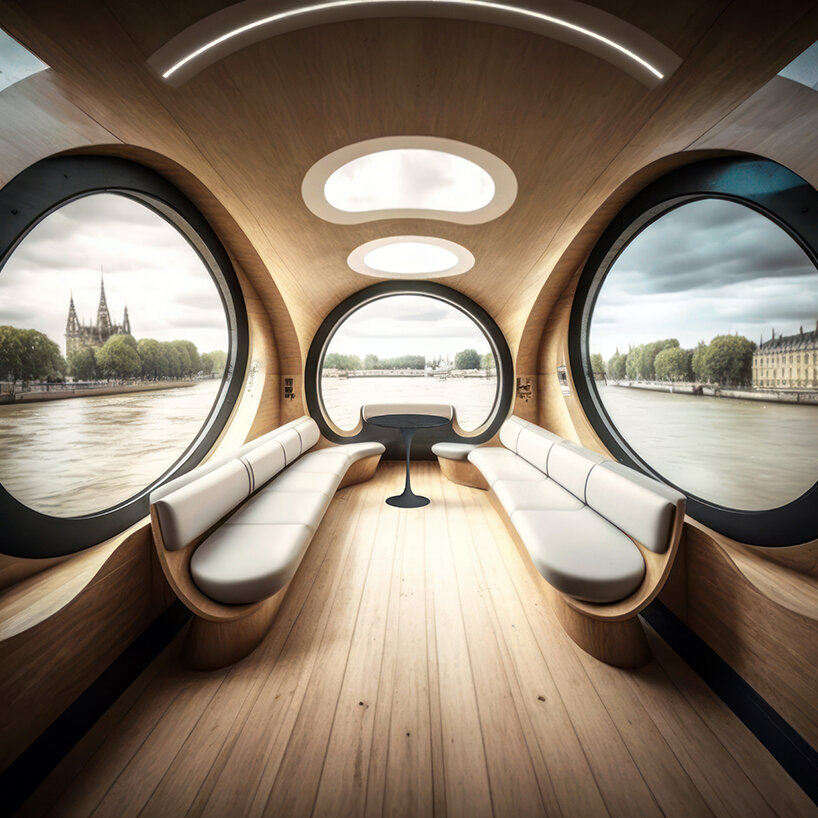
offering tranquility, safety, and entertainment
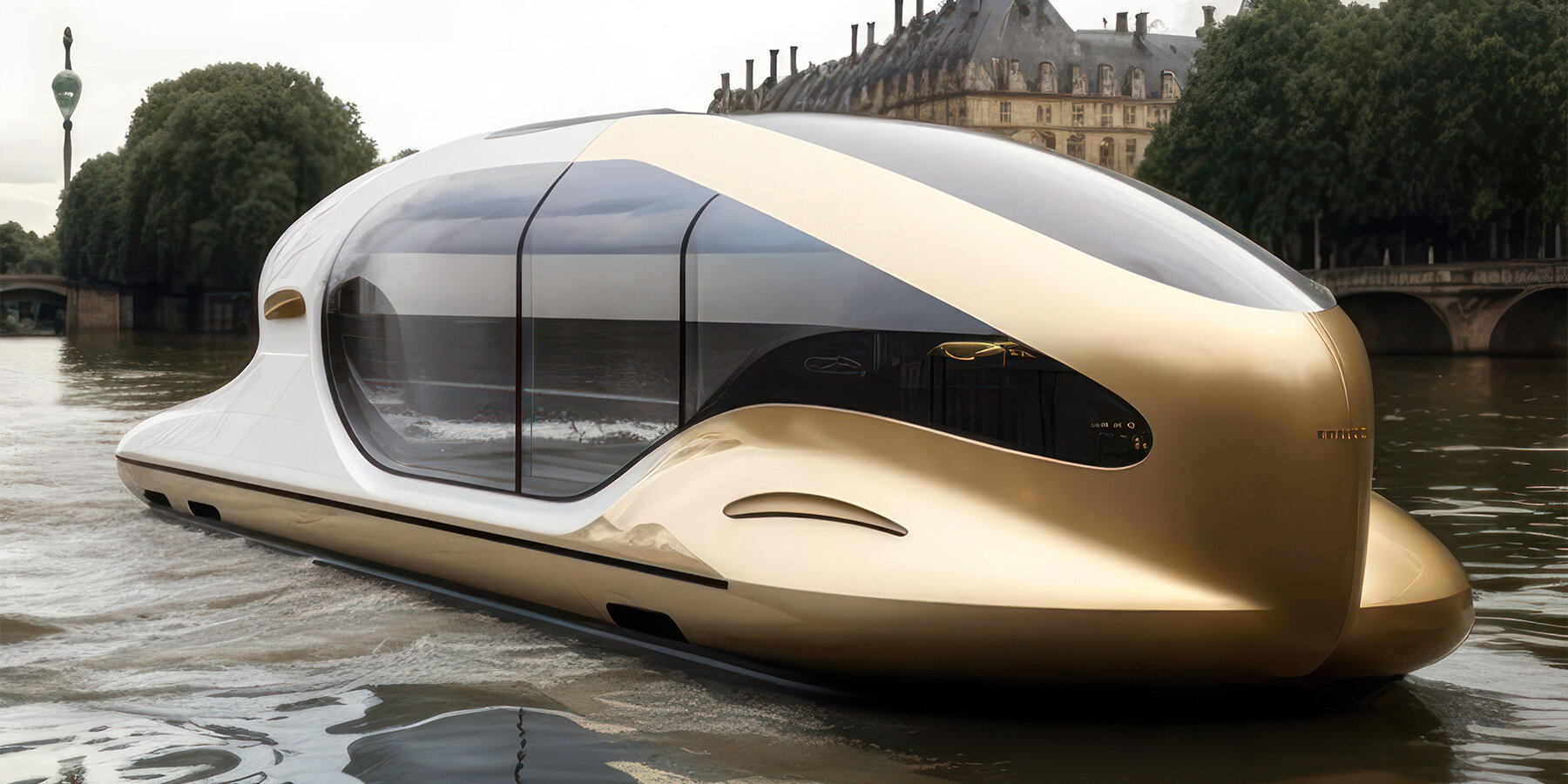
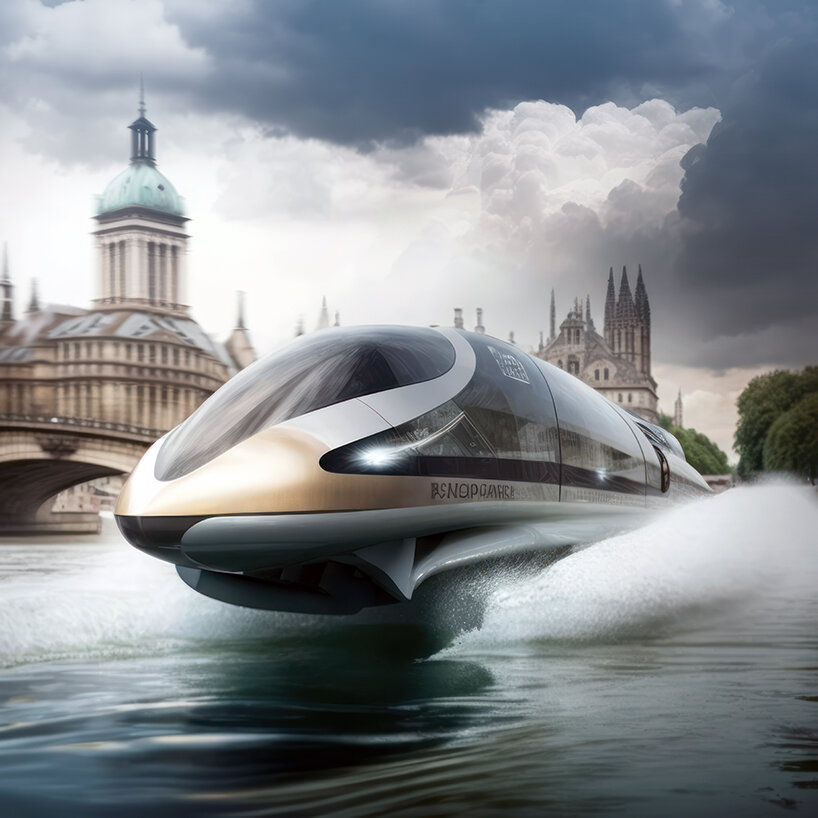
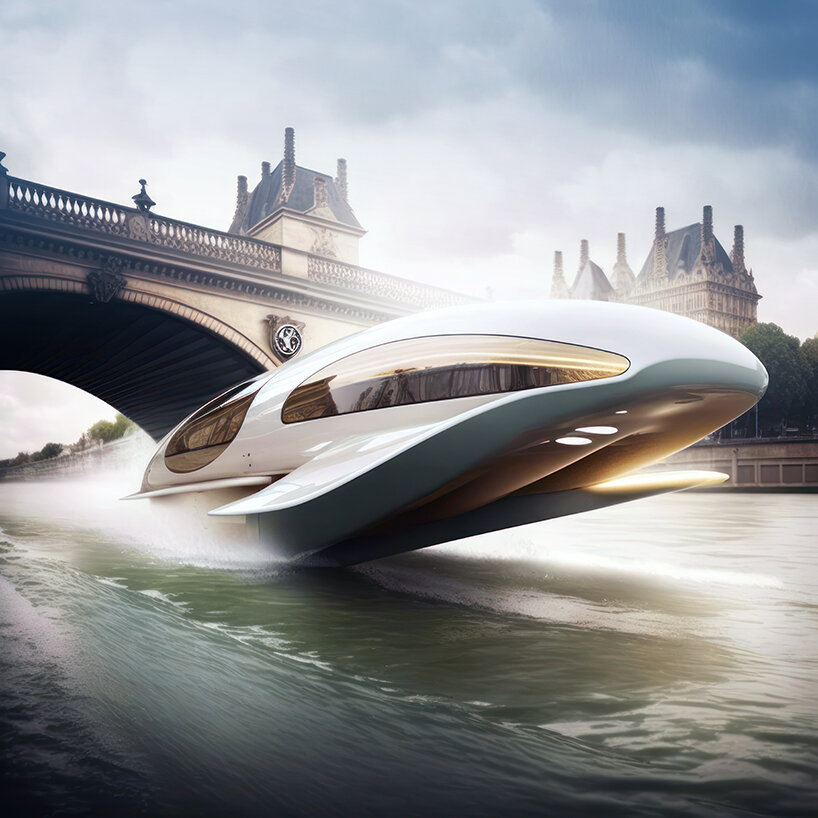
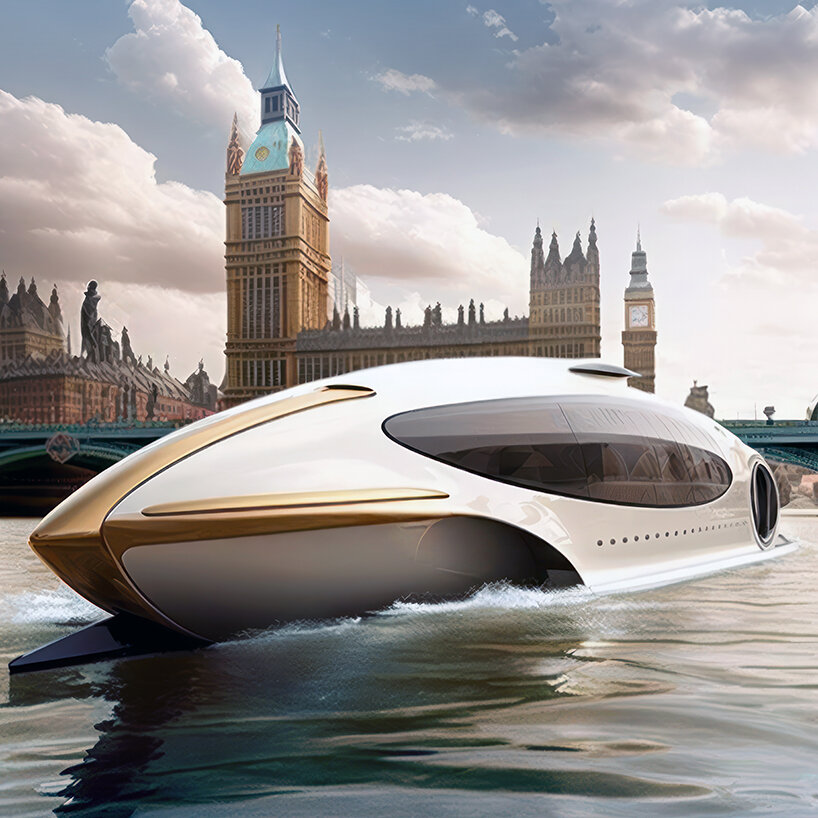
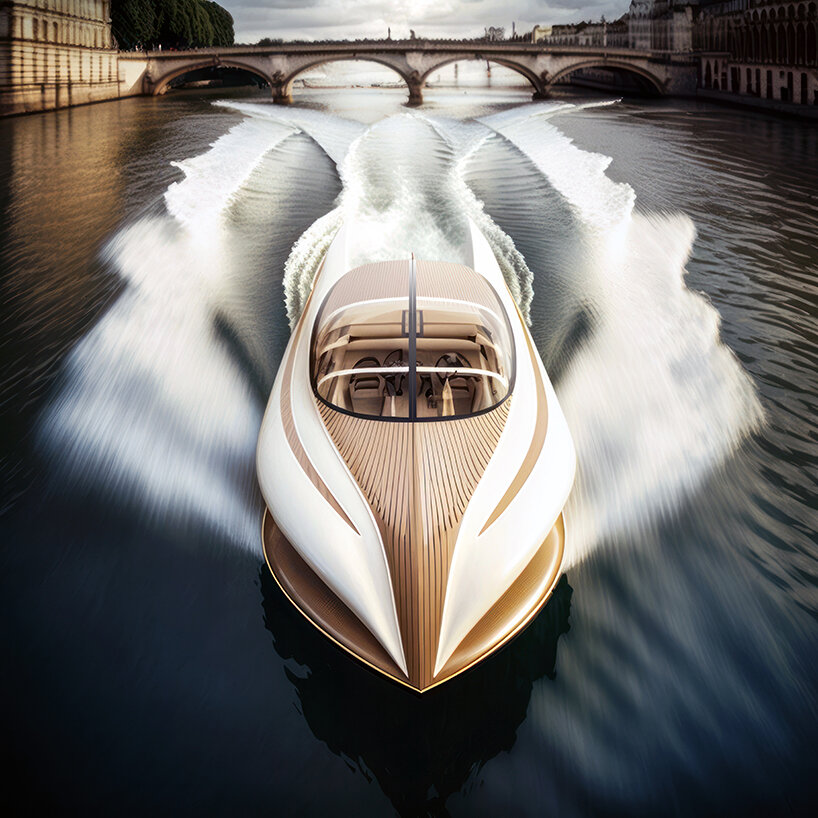
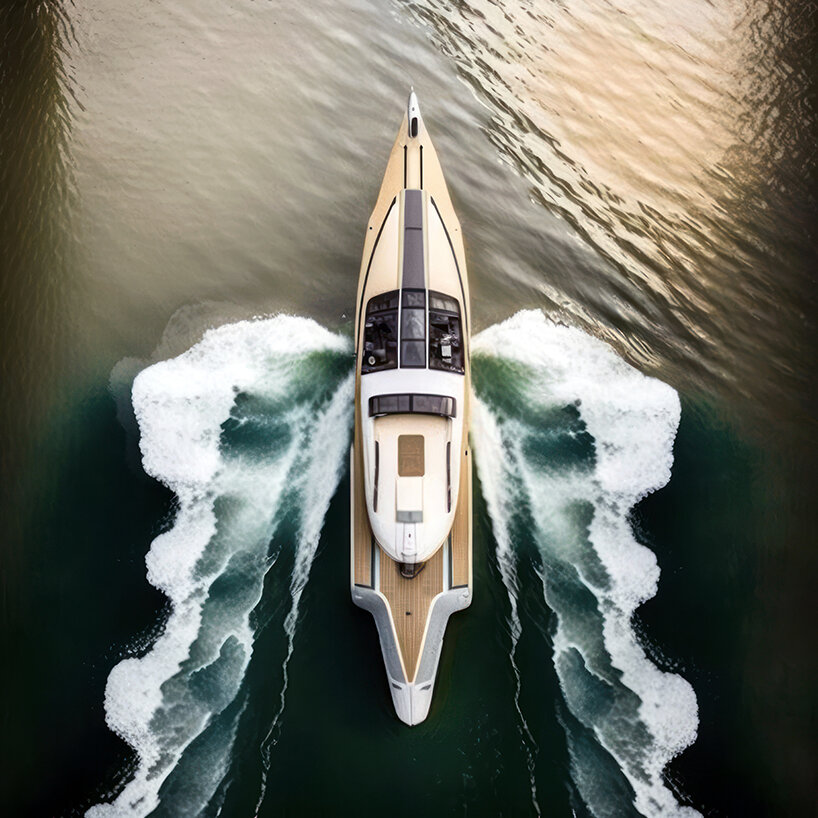
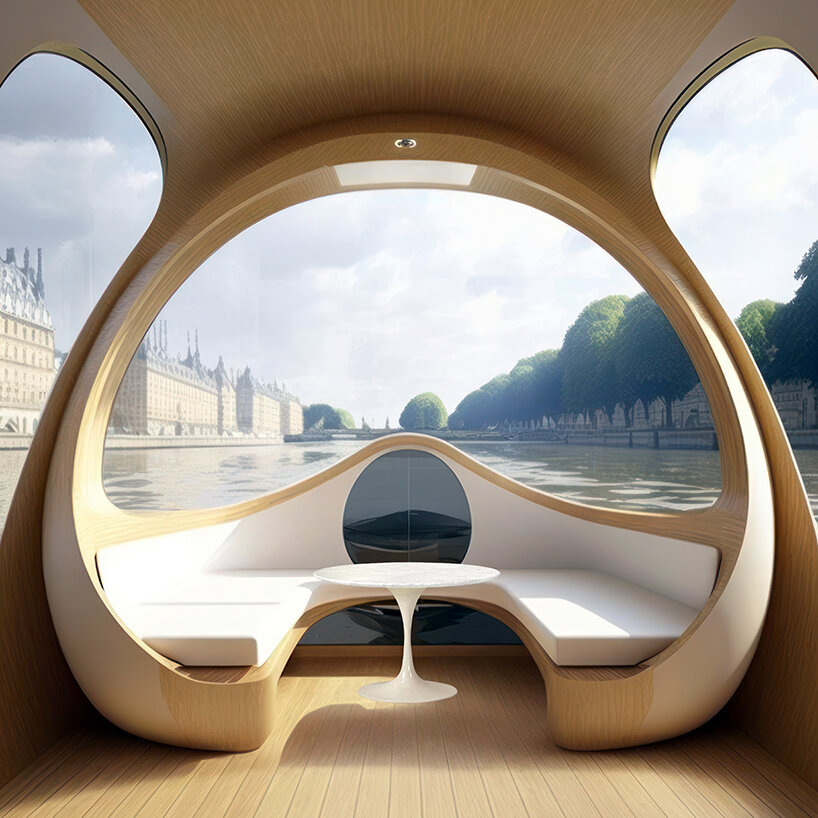
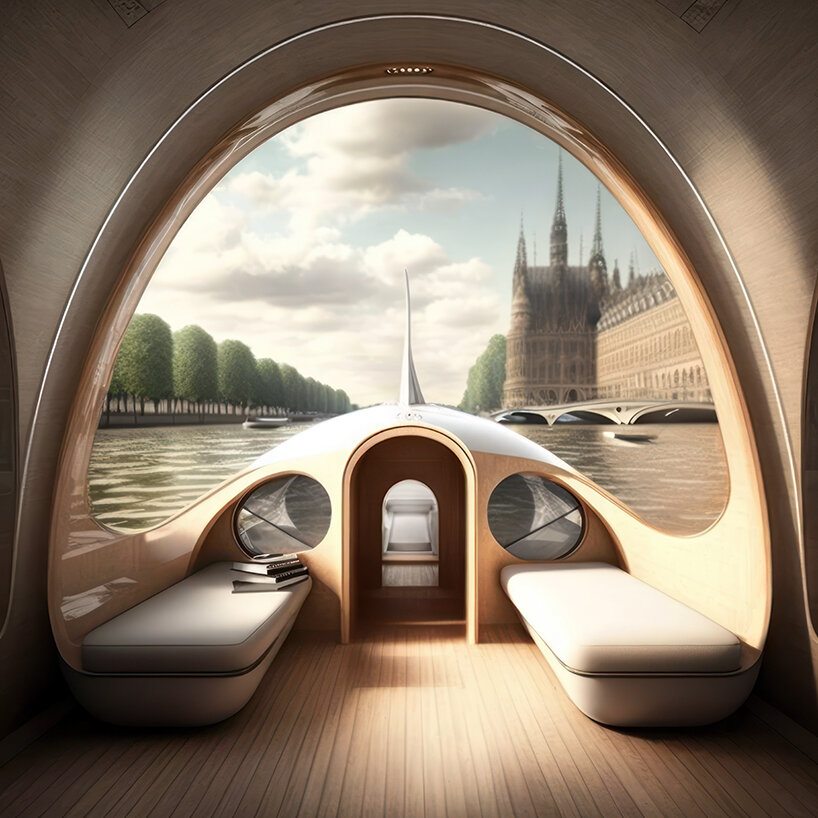
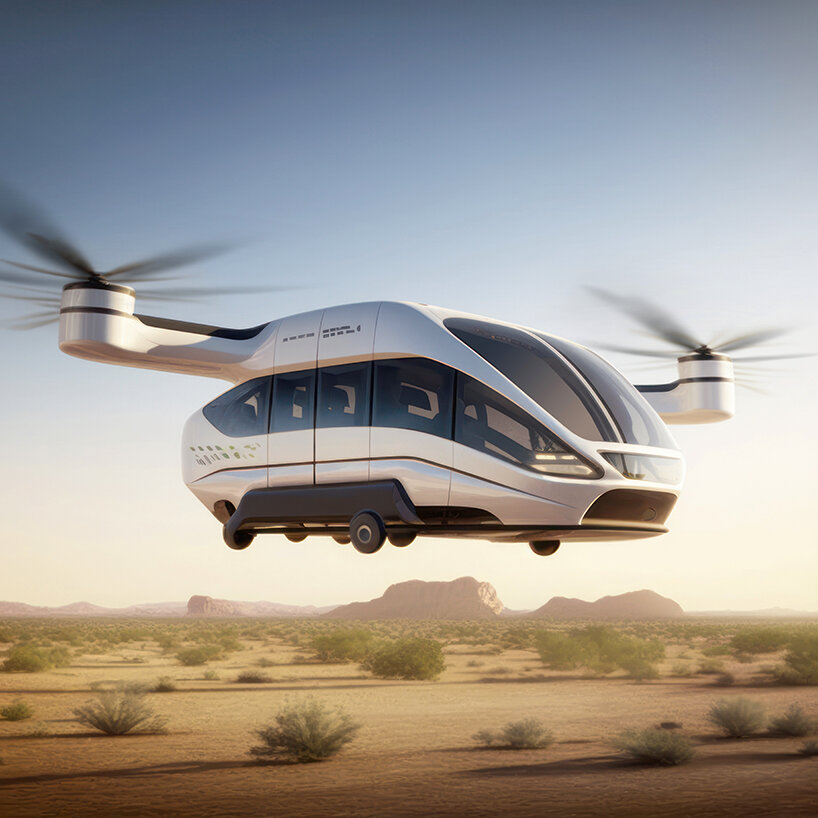
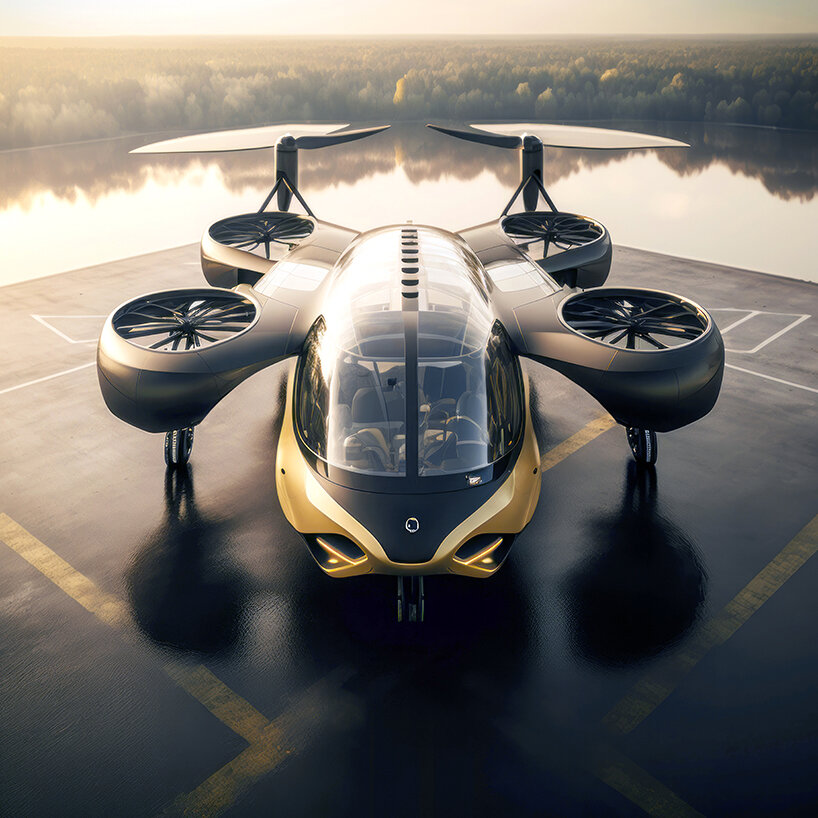
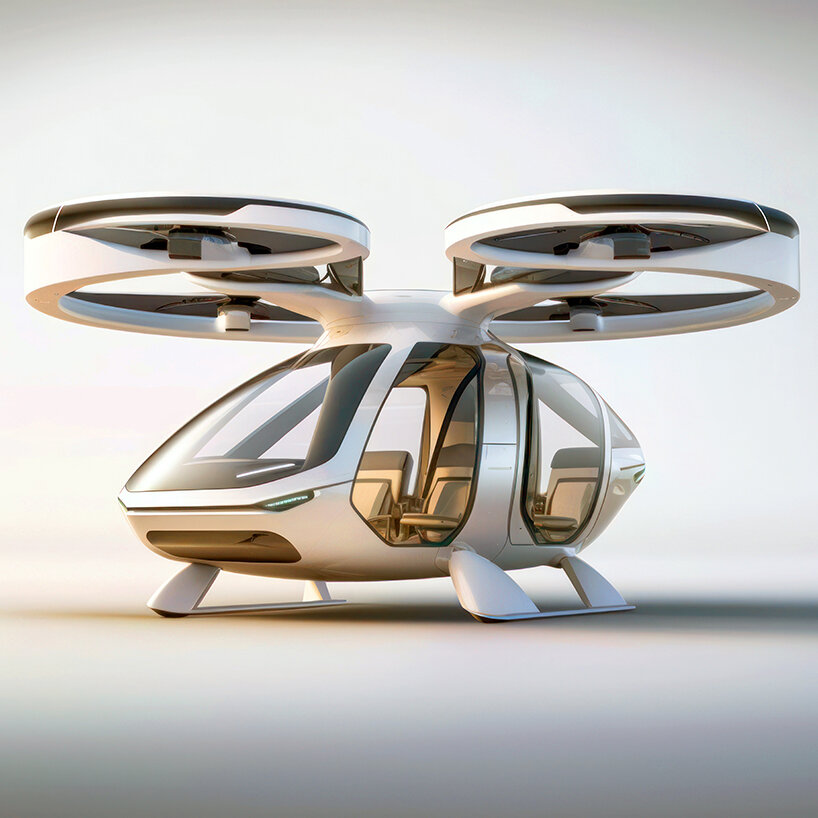
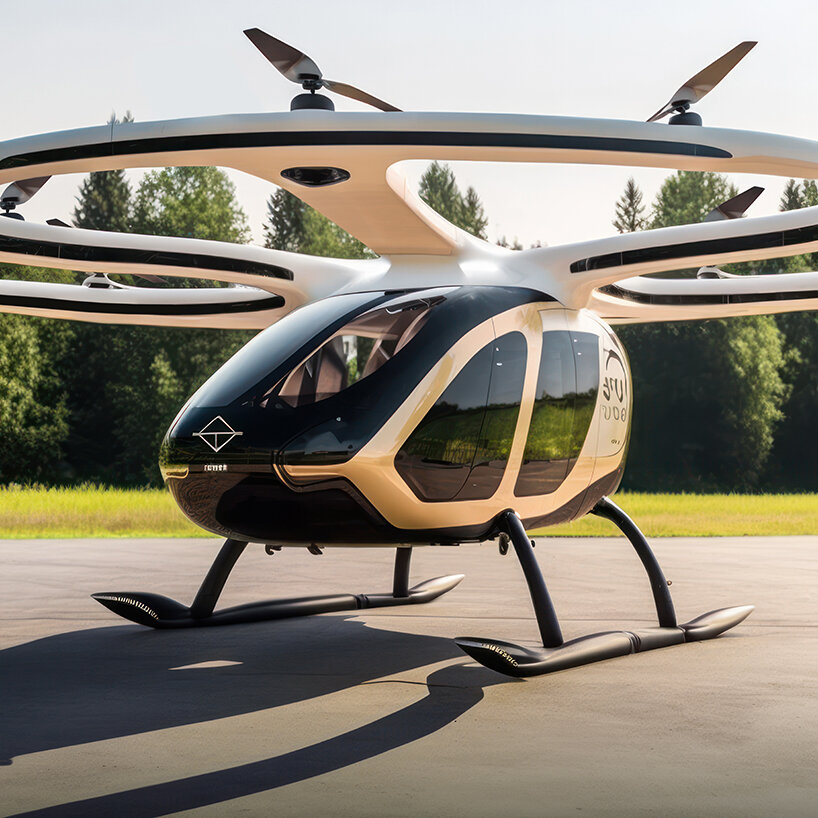
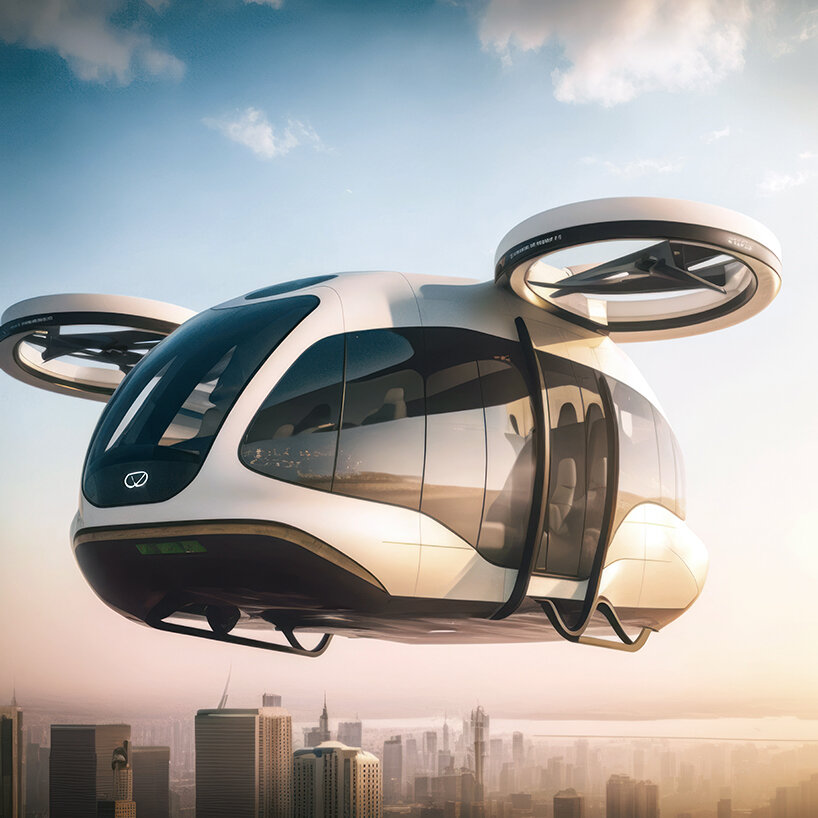
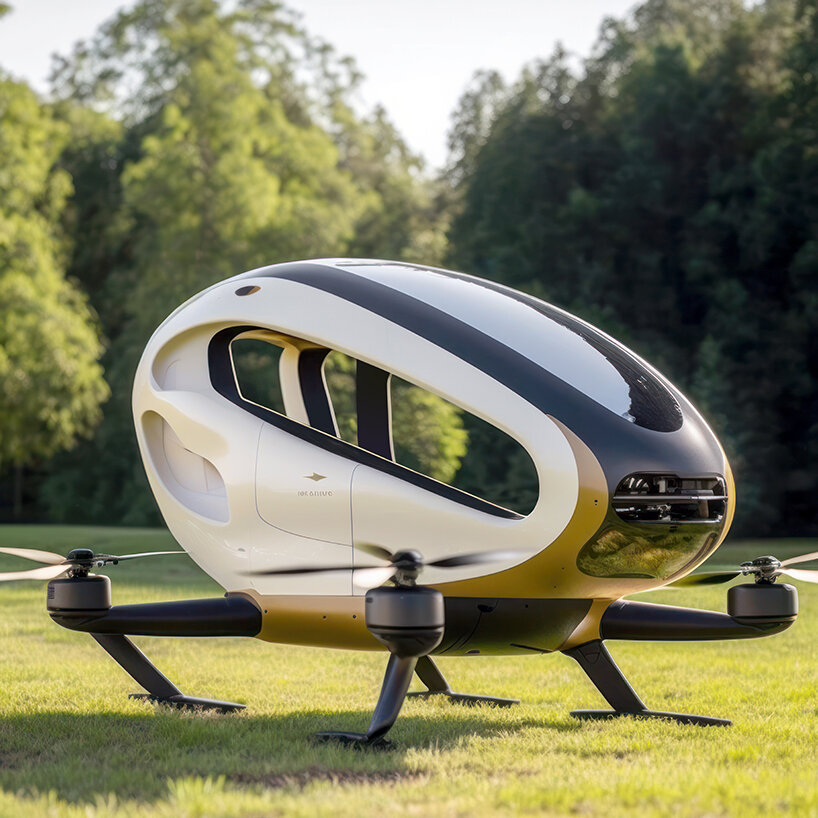
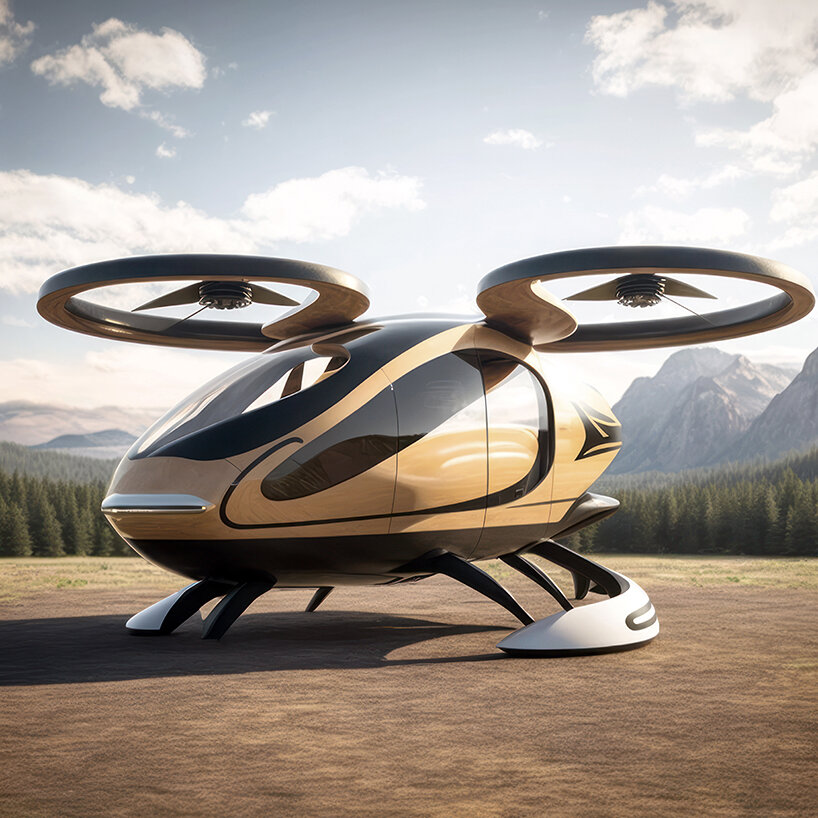
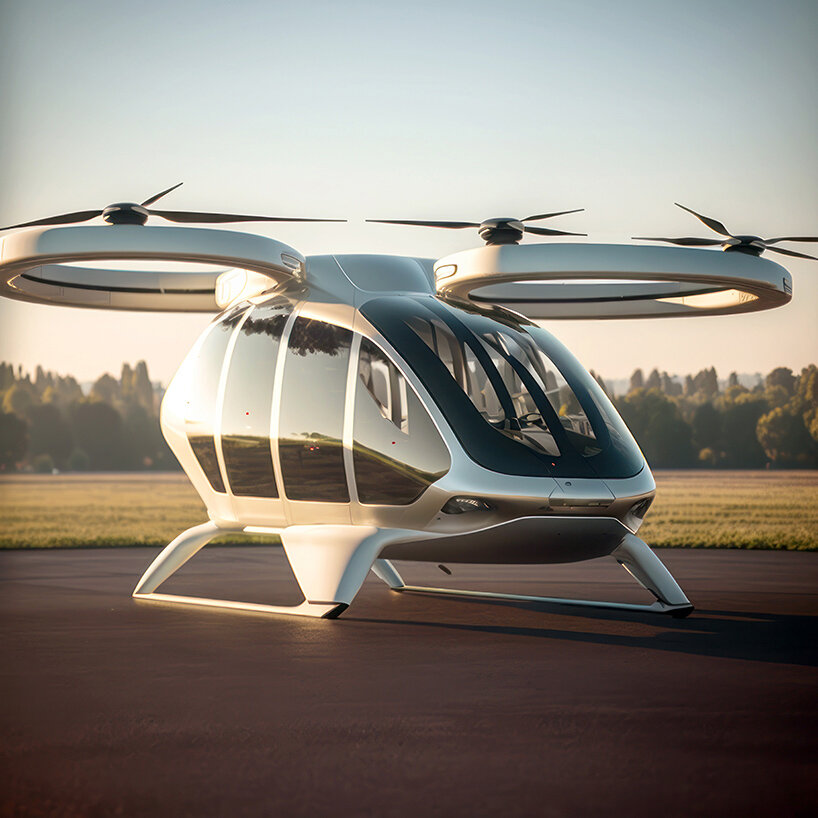
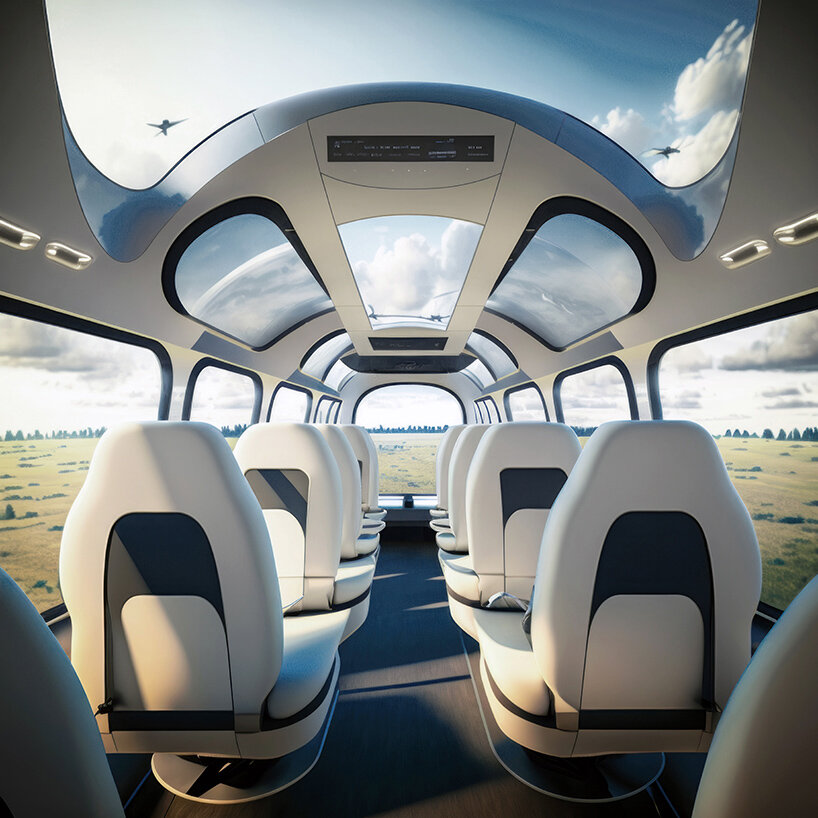
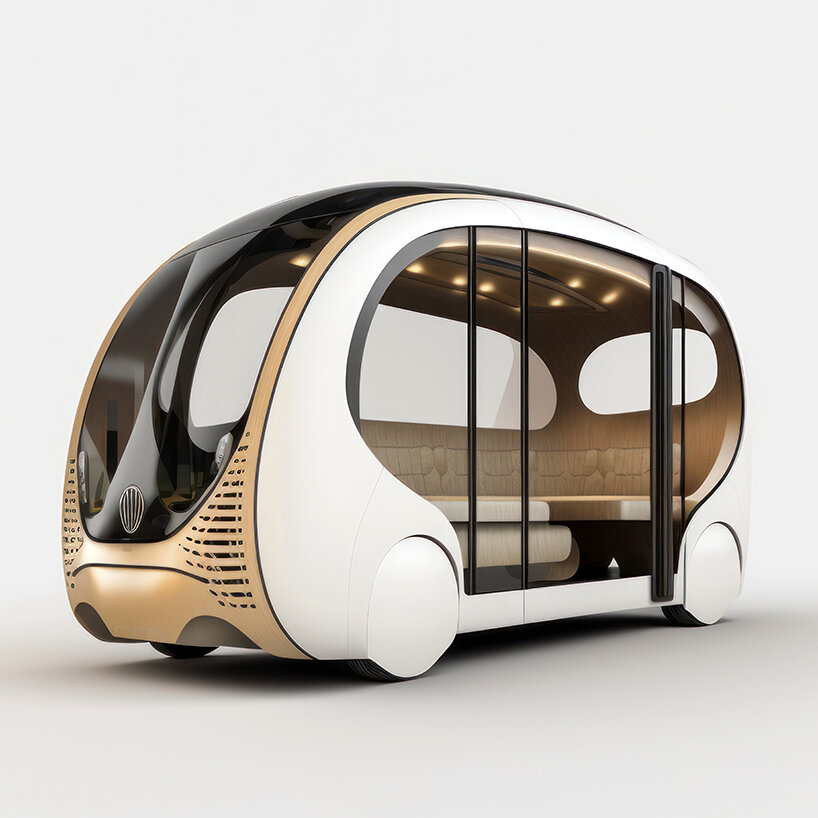
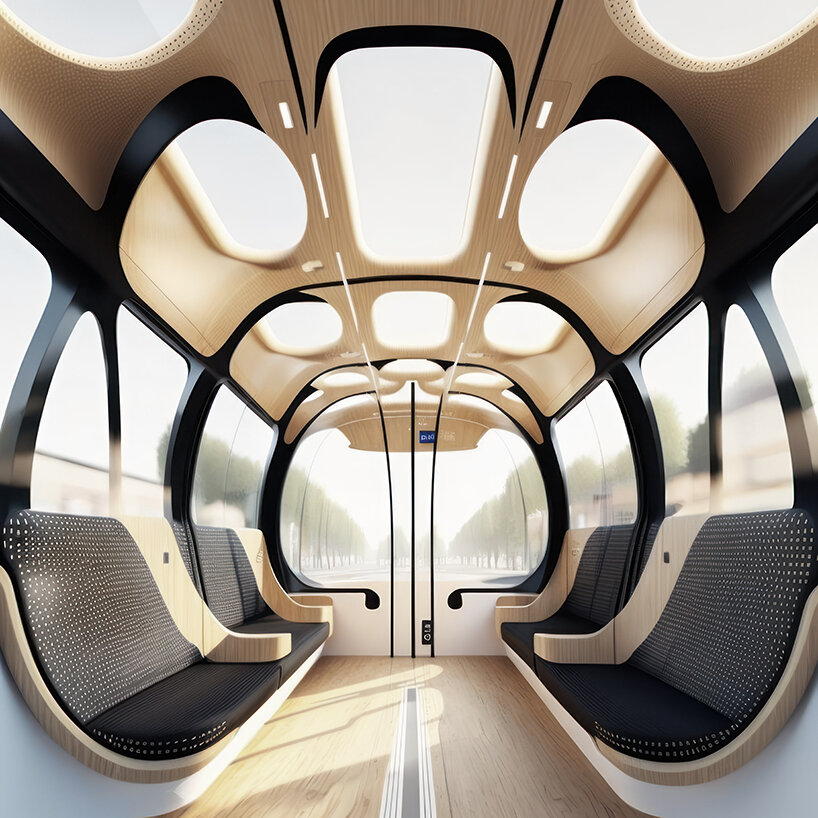
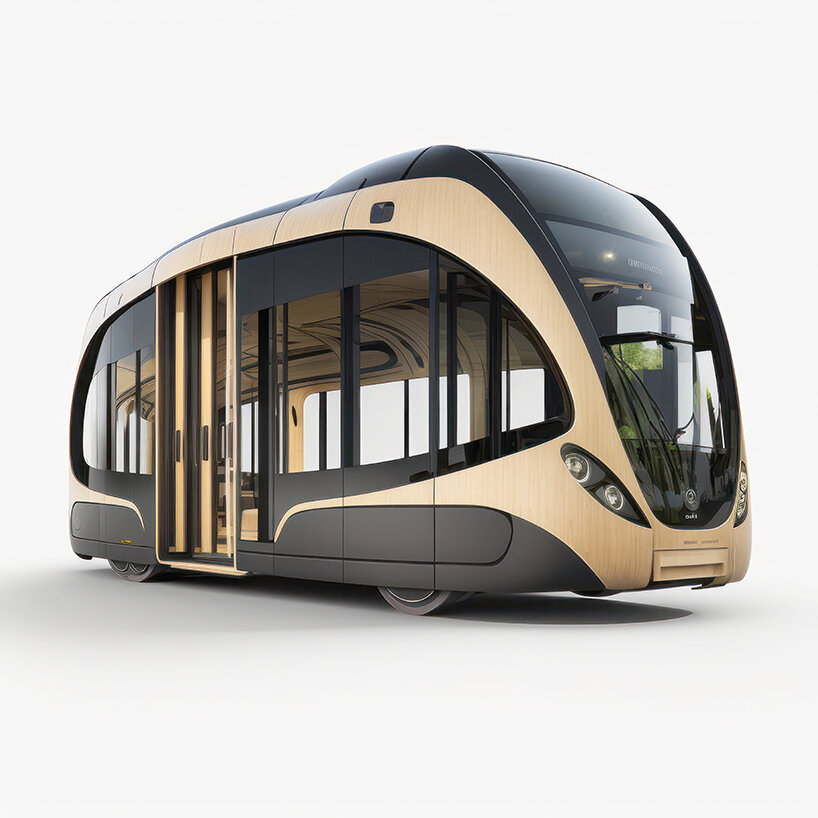
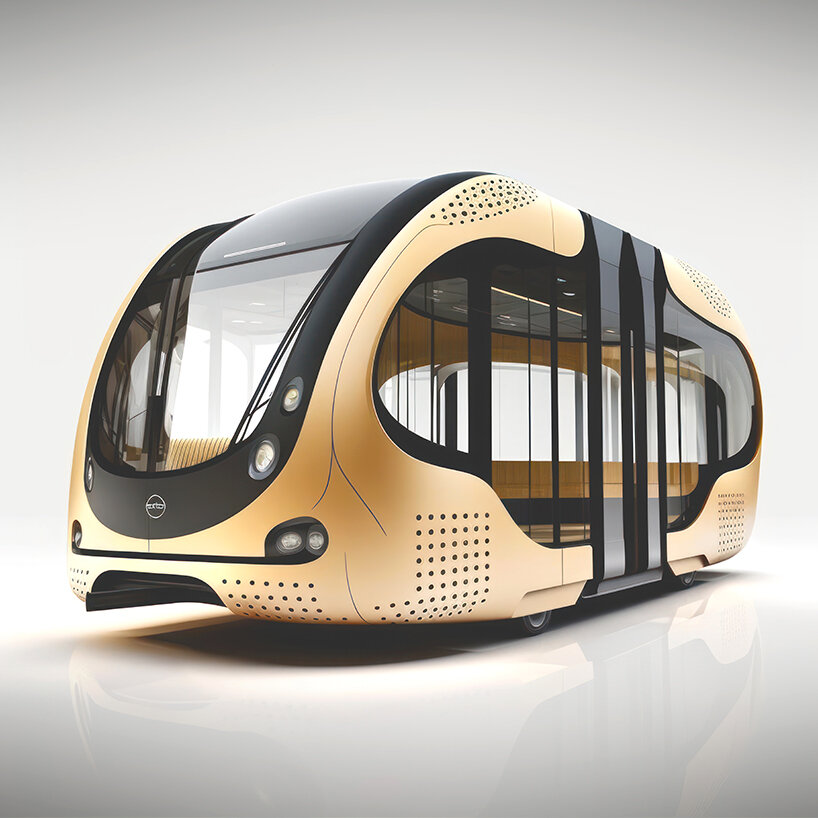
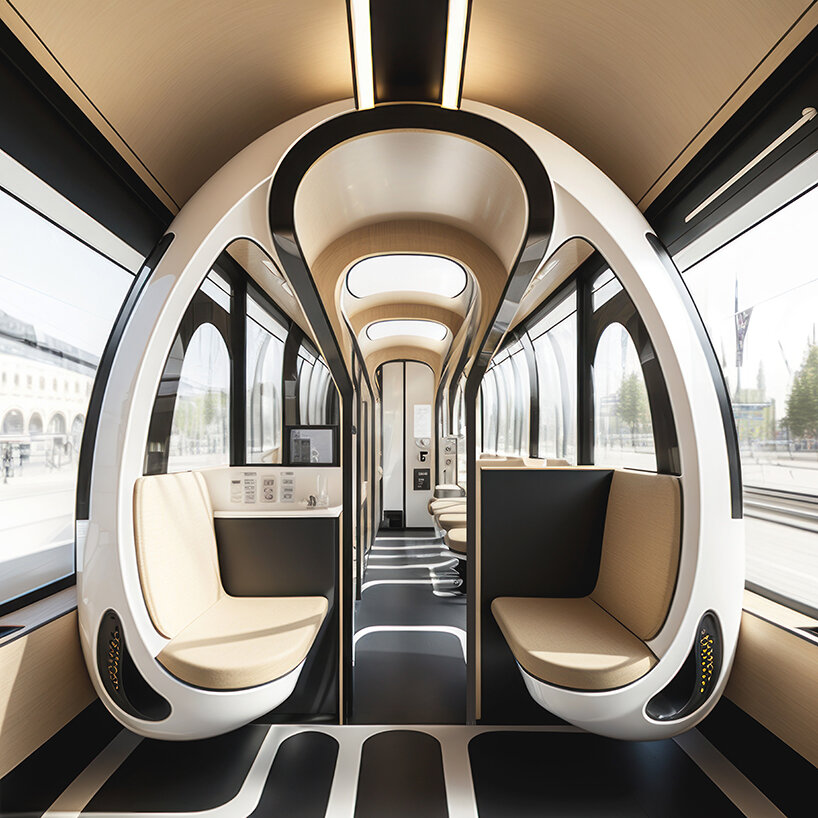
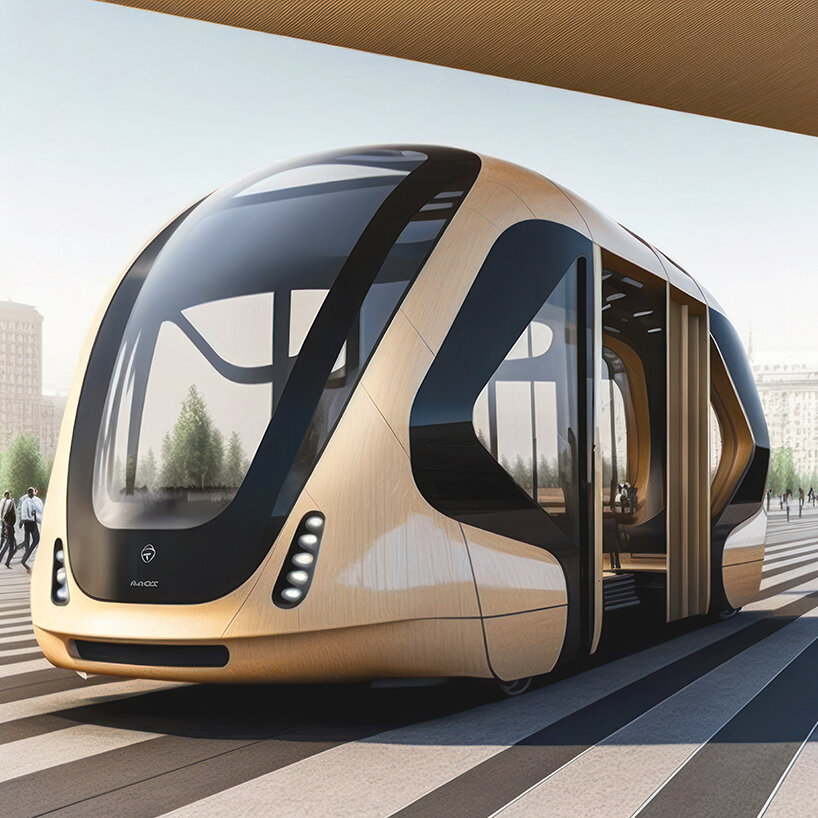
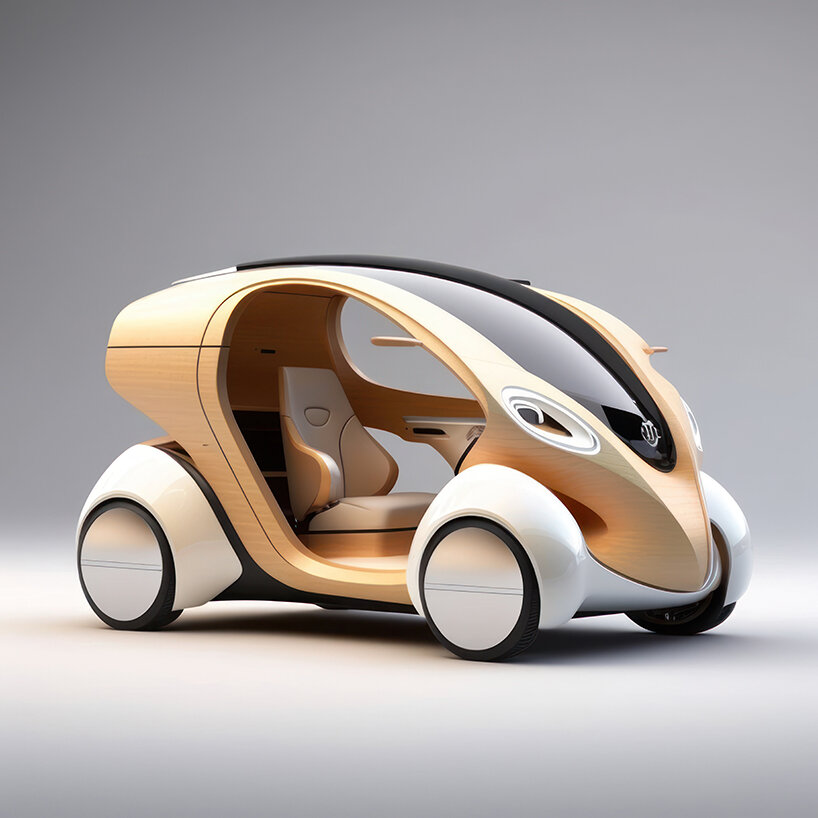
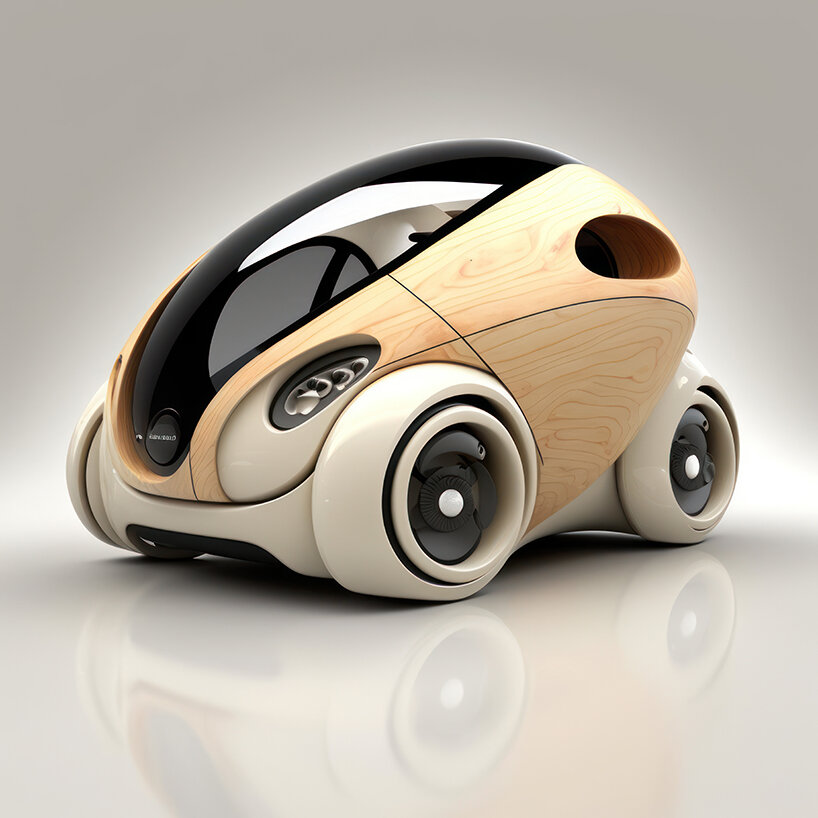
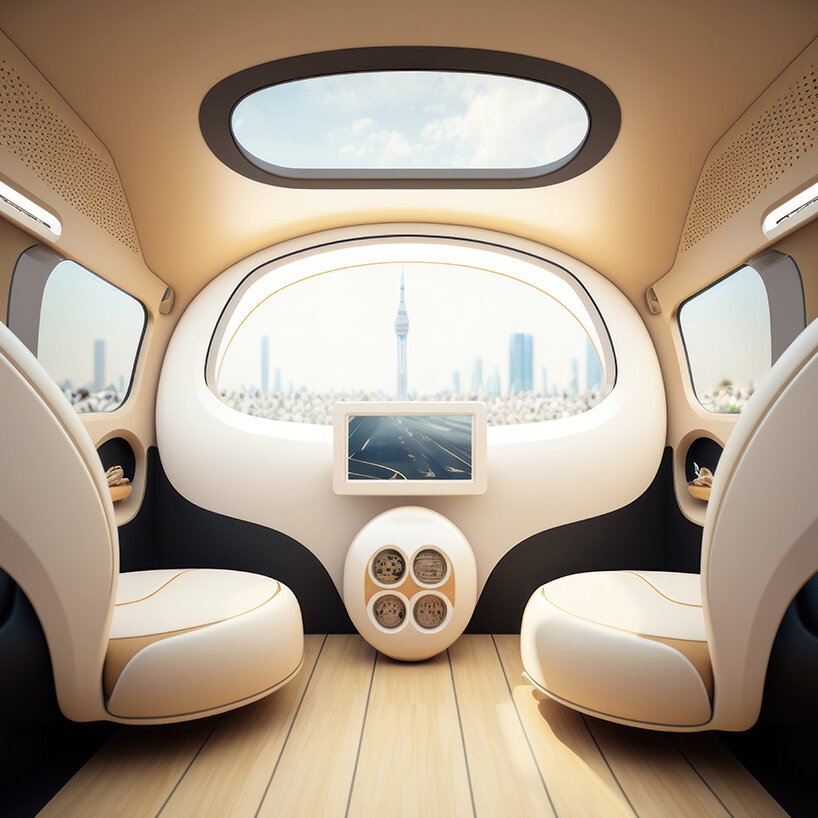
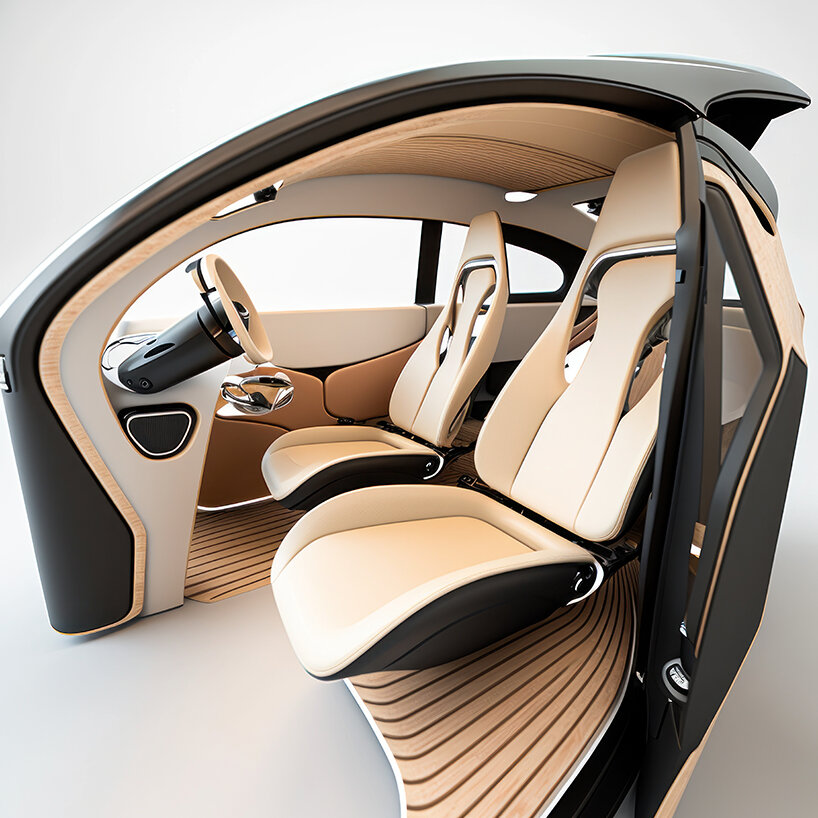
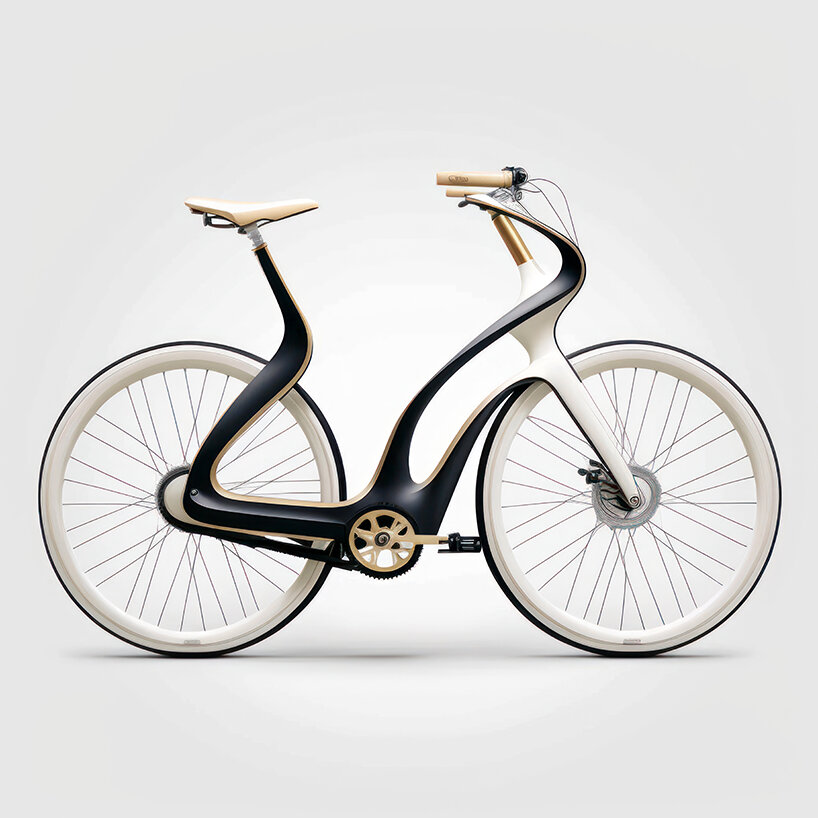
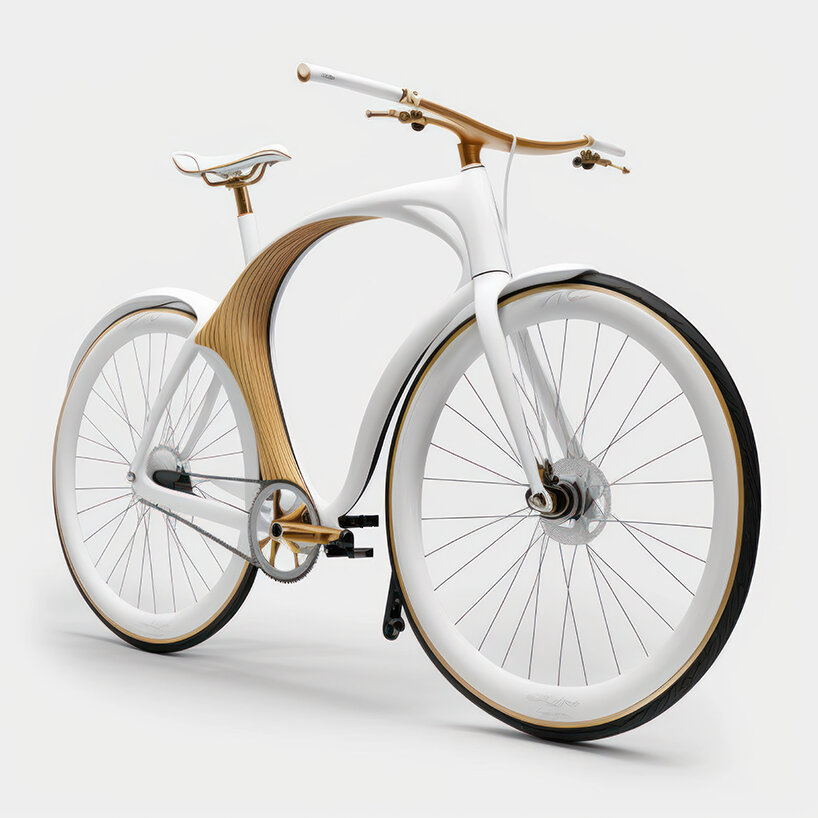
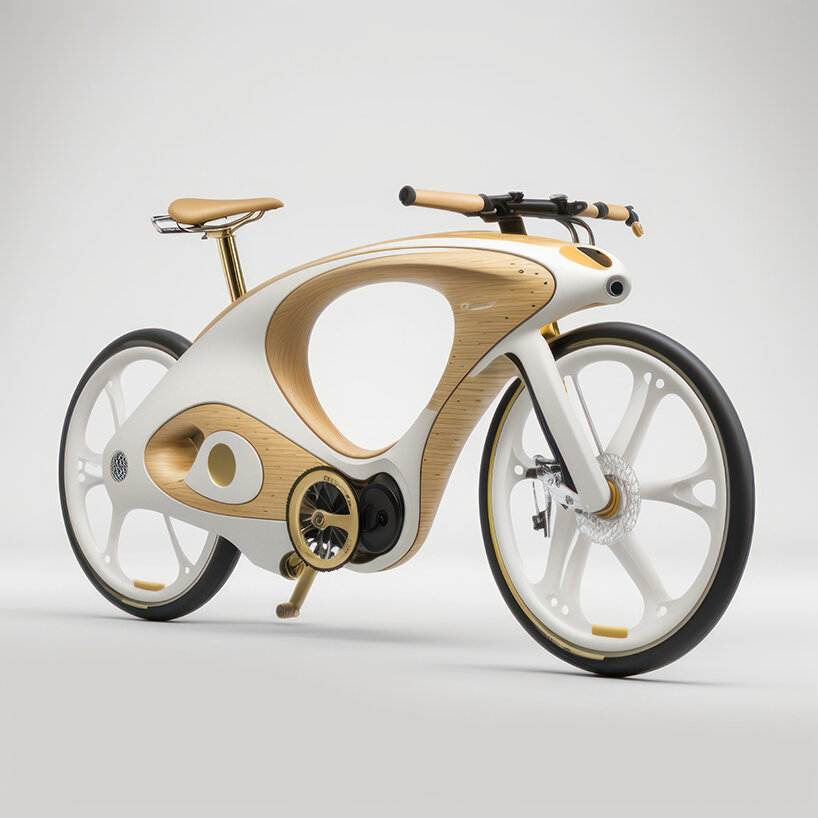
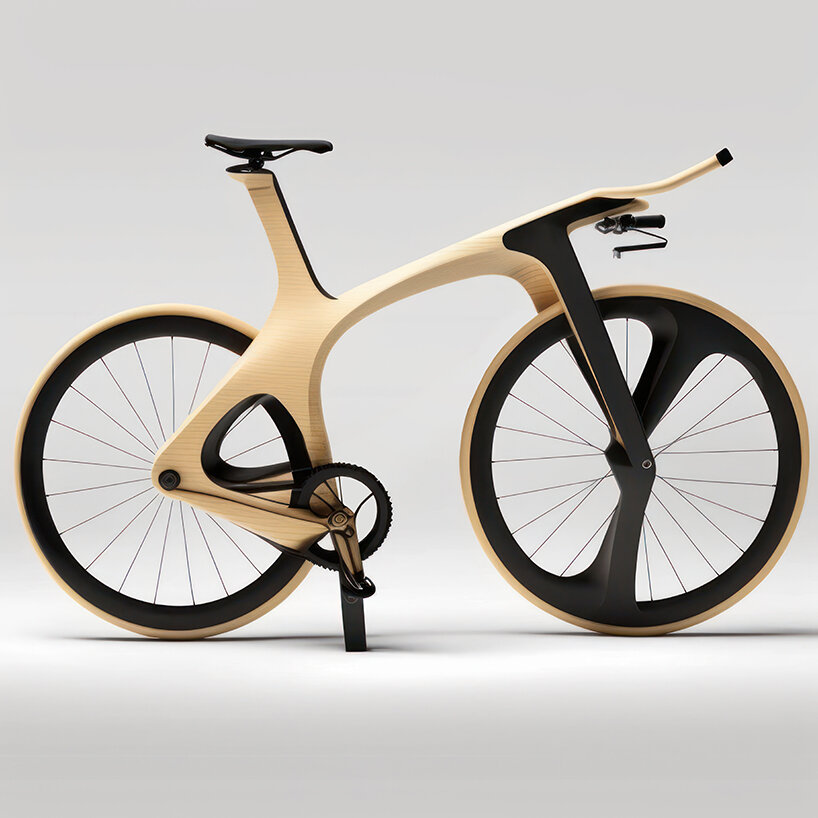
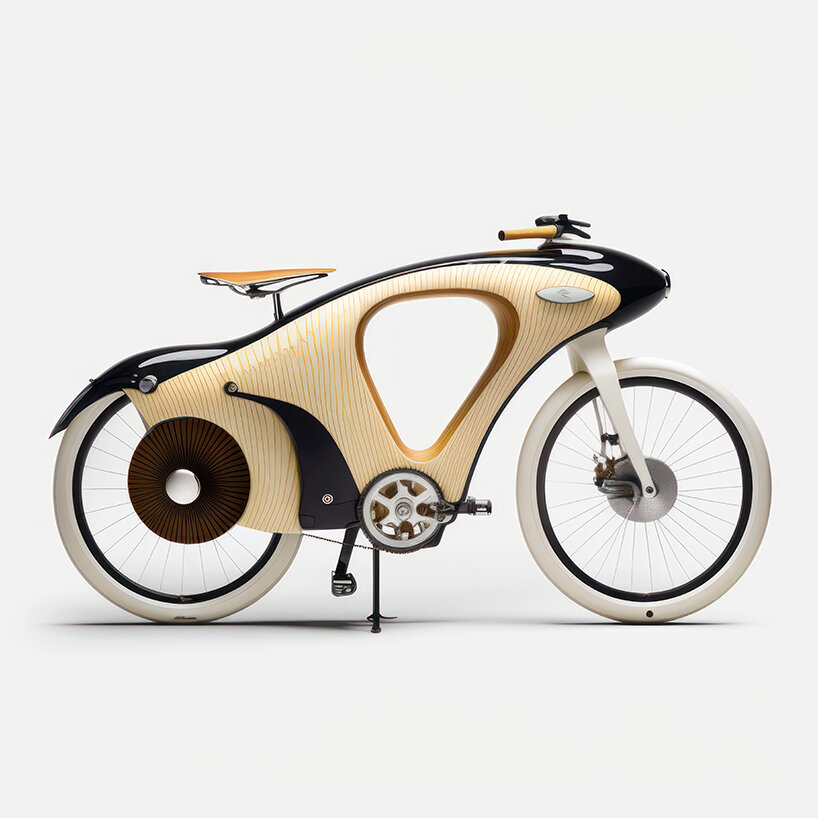
project info:
name: Timber Mobilities
design: Vincent Callebaut Architectures | @vincentcallebautarchitectures
ARTIFICIAL INTELLIGENCE (286)
BIKE DESIGN (599)
CAR DESIGN (745)
PUBLIC TRANSPORTATION (125)
VINCENT CALLEBAUT ARCHITECTURES (34)
WATER VEHICLES (97)
PRODUCT LIBRARY
a diverse digital database that acts as a valuable guide in gaining insight and information about a product directly from the manufacturer, and serves as a rich reference point in developing a project or scheme.
